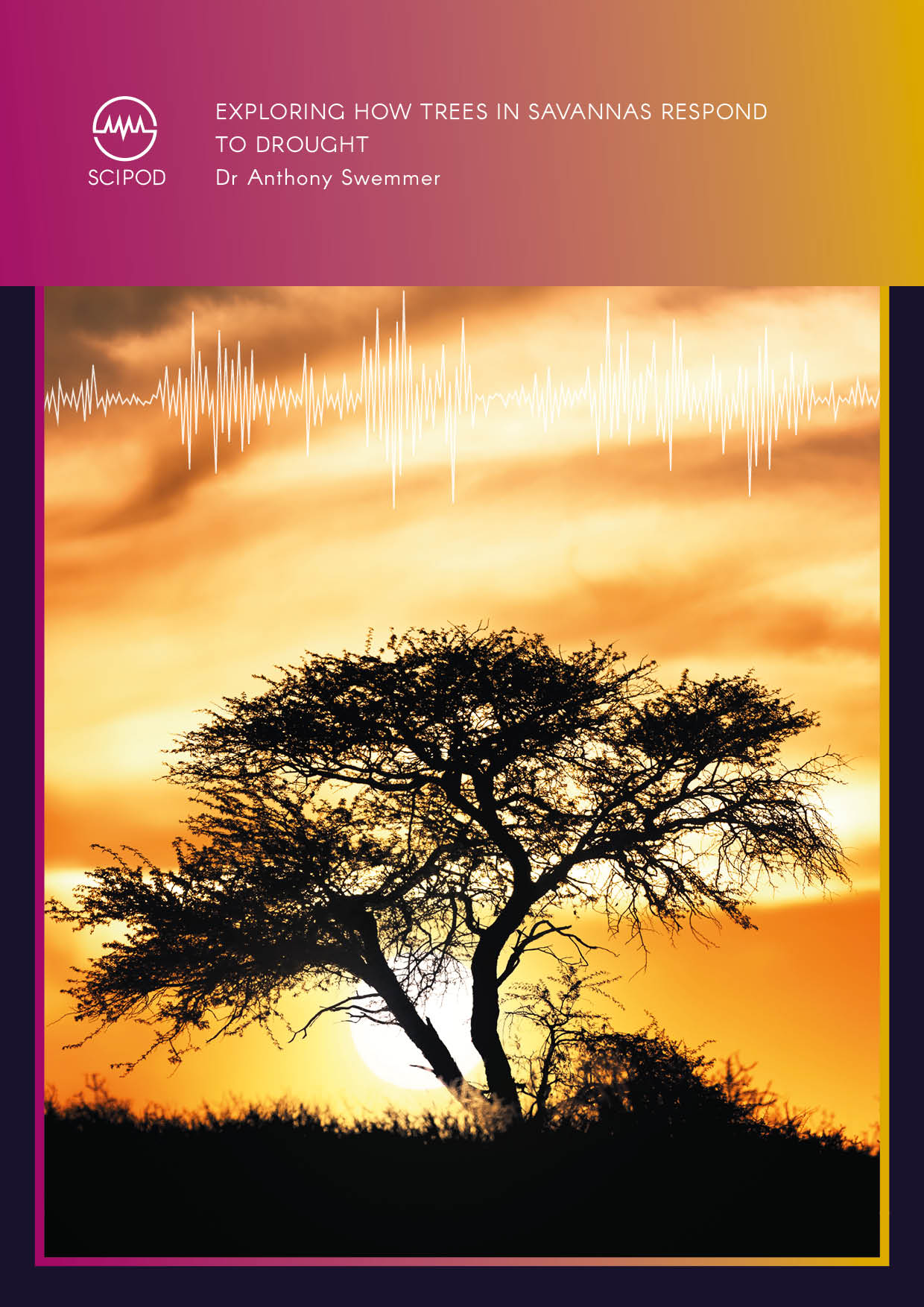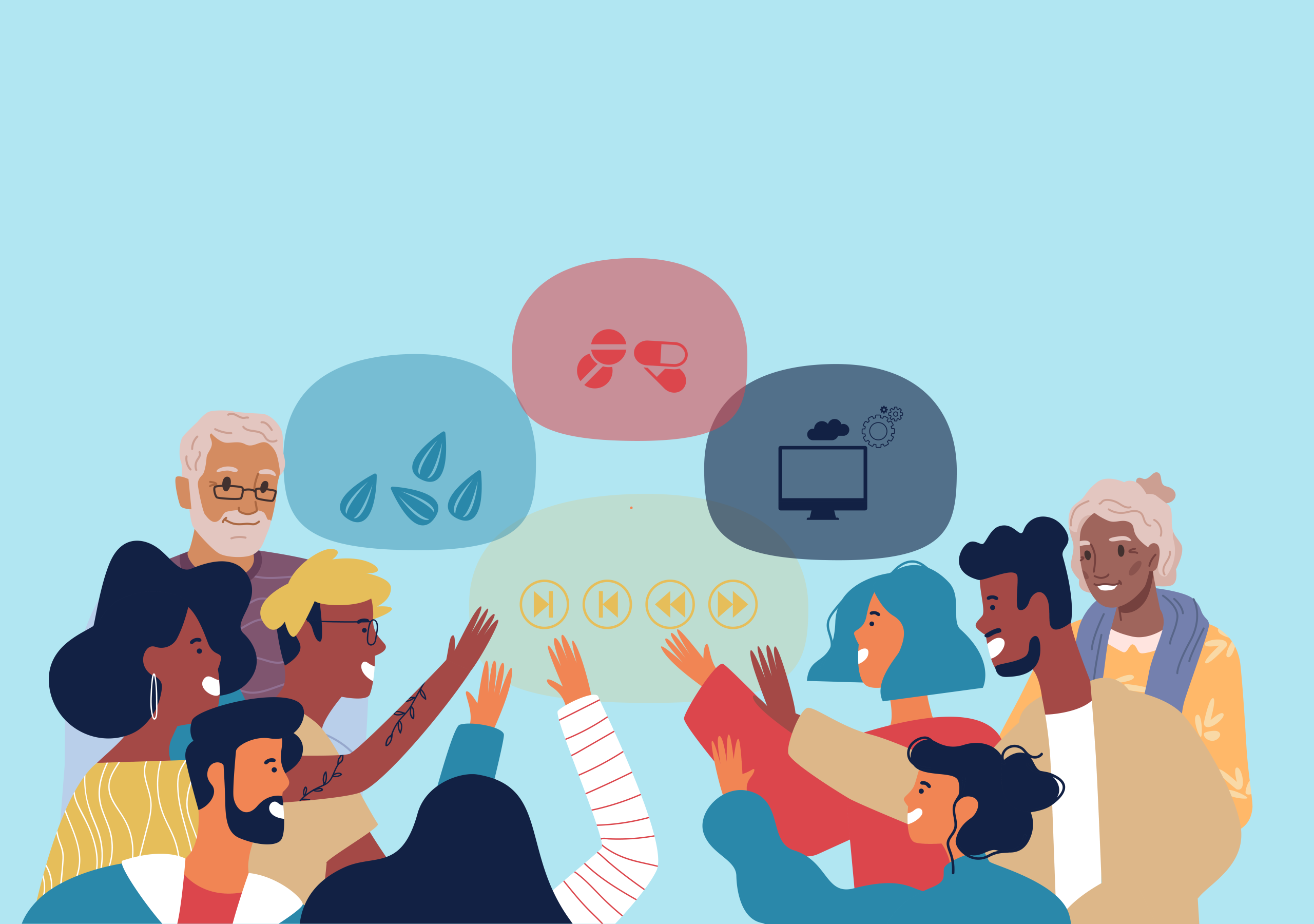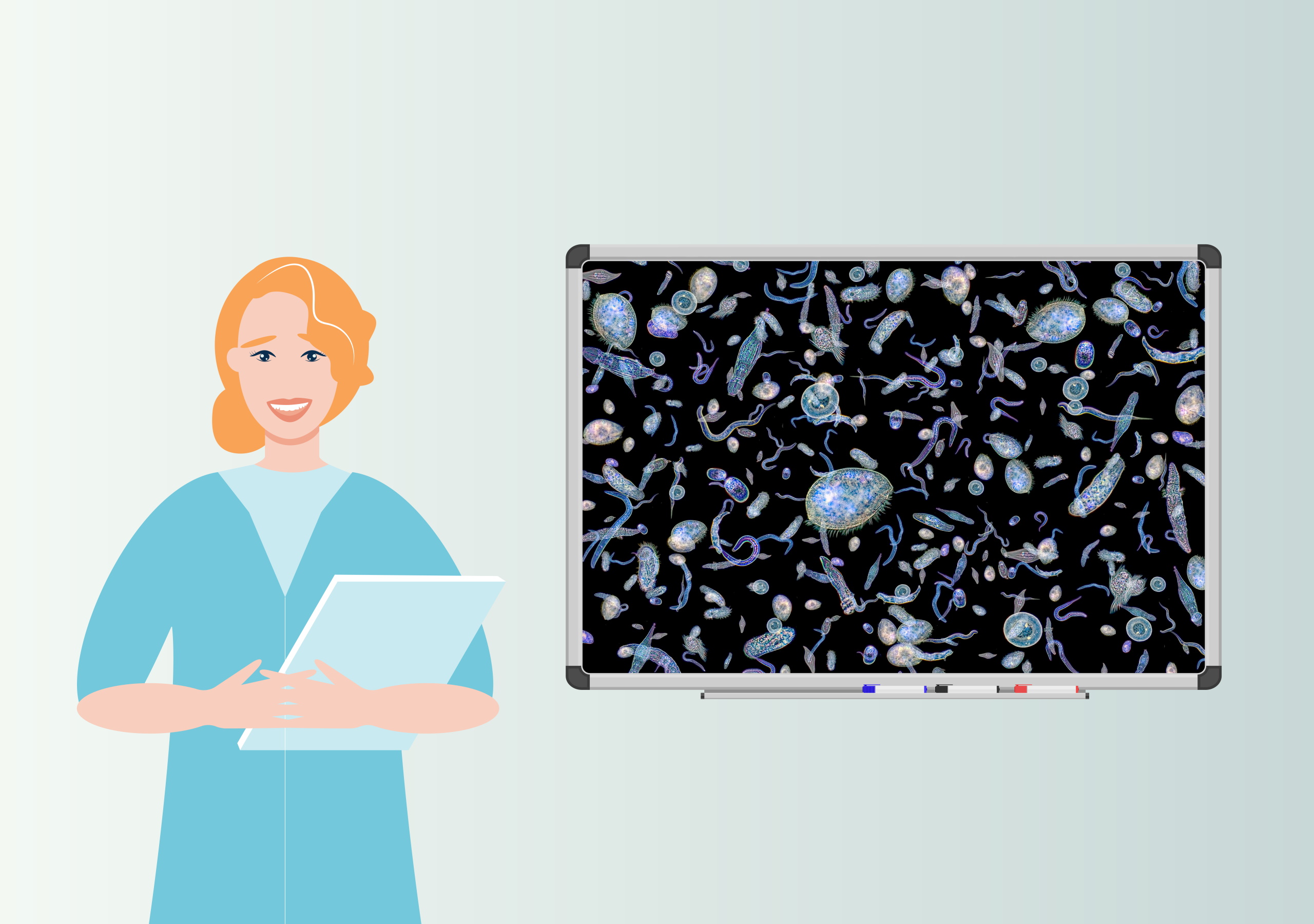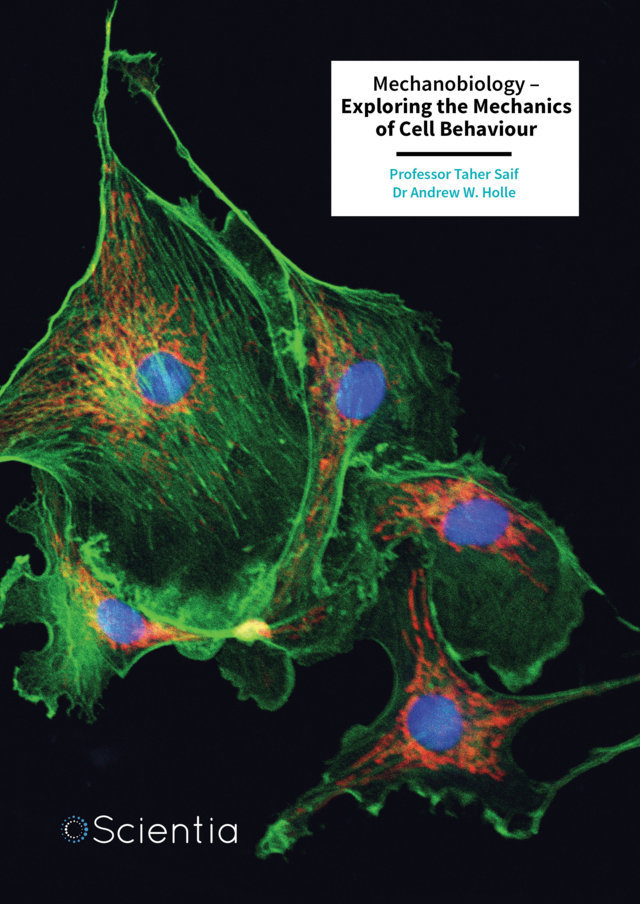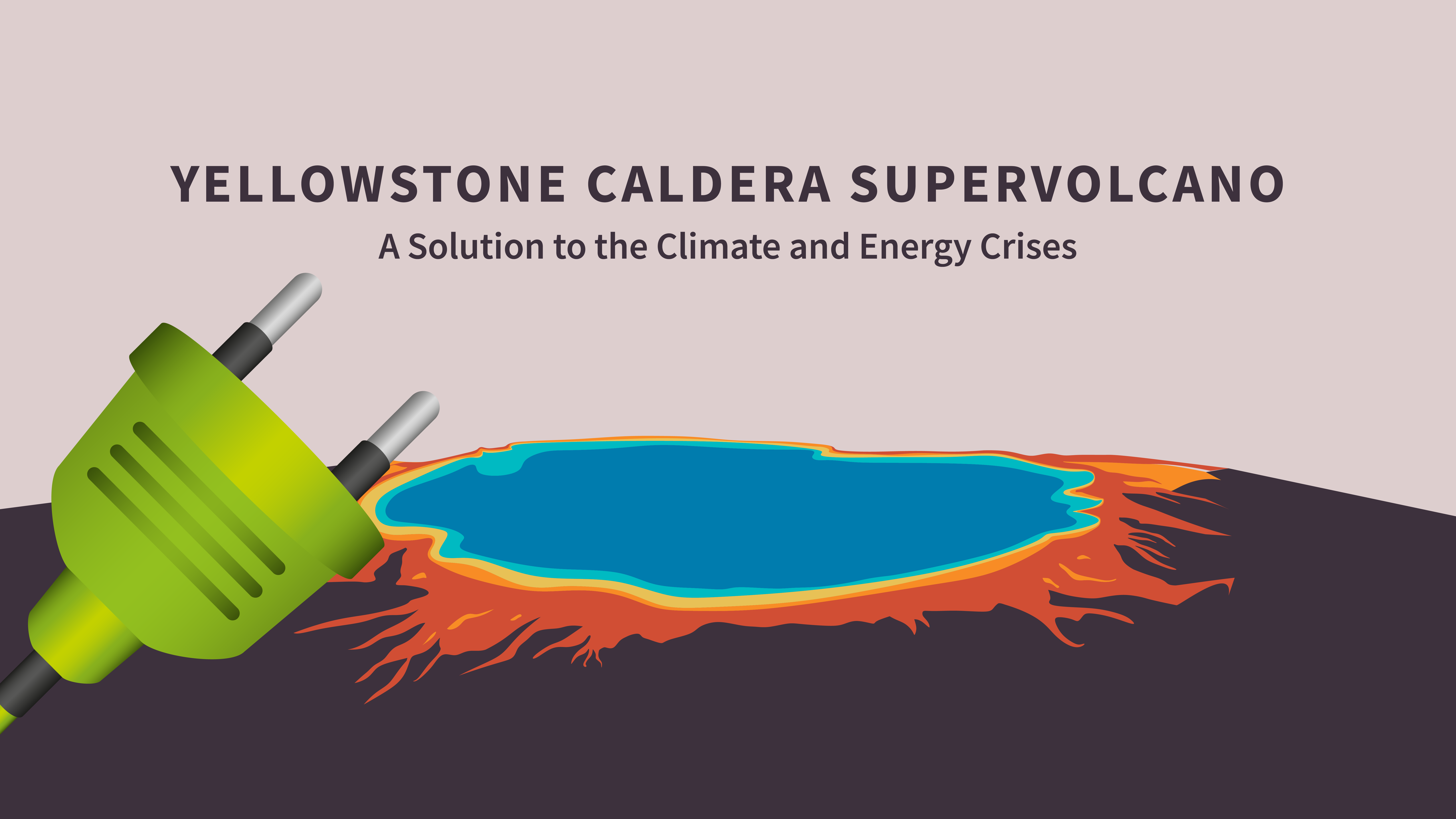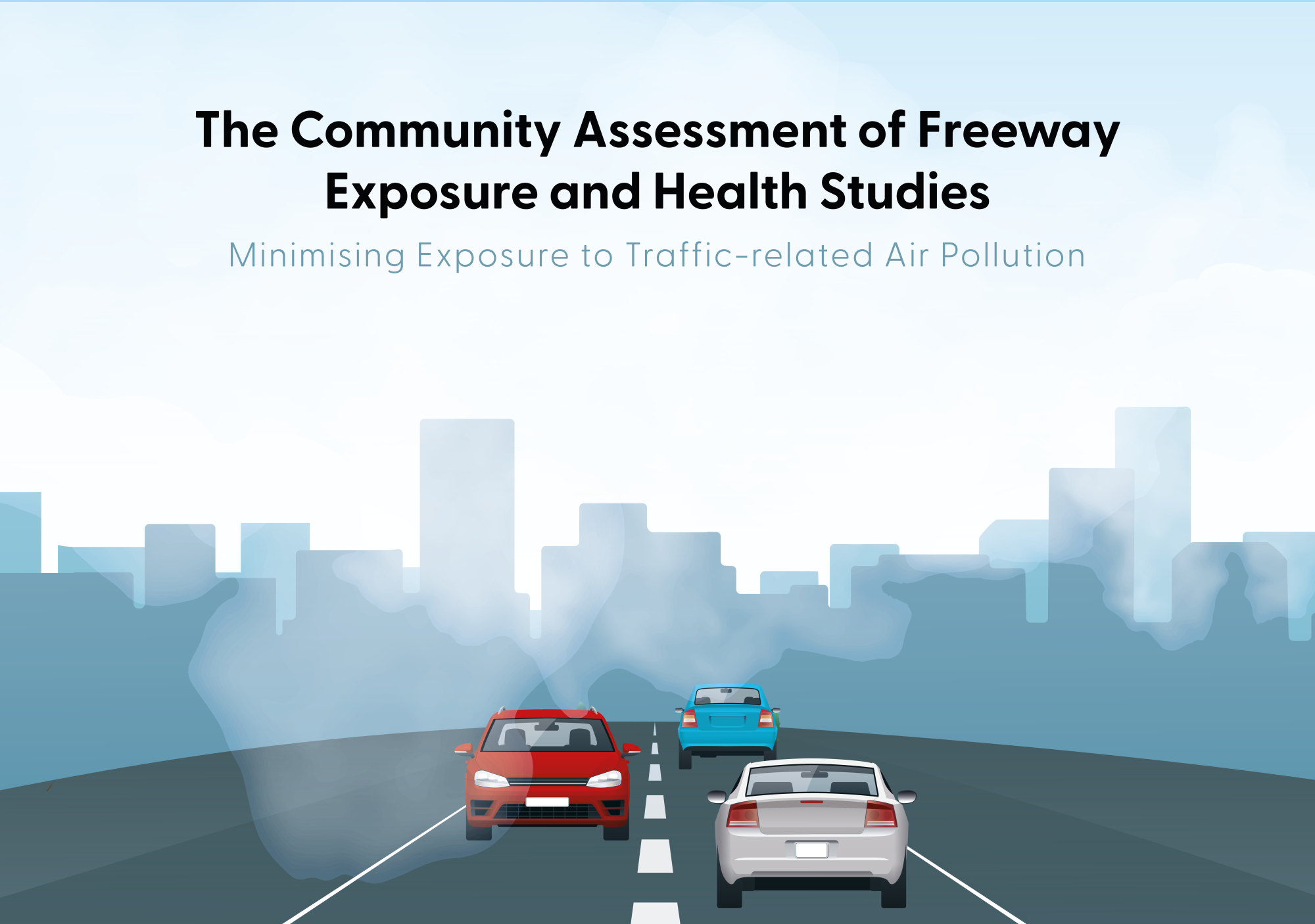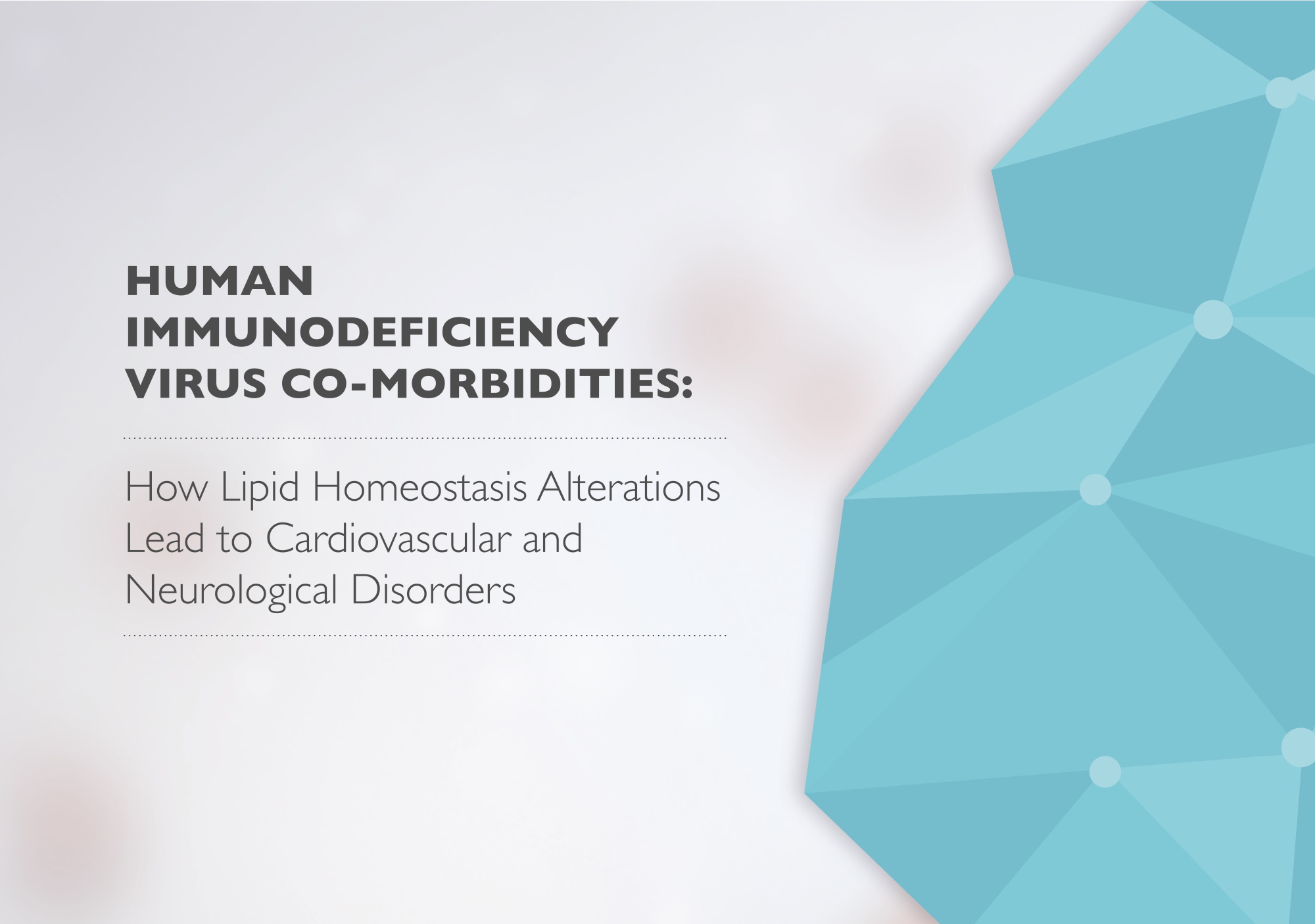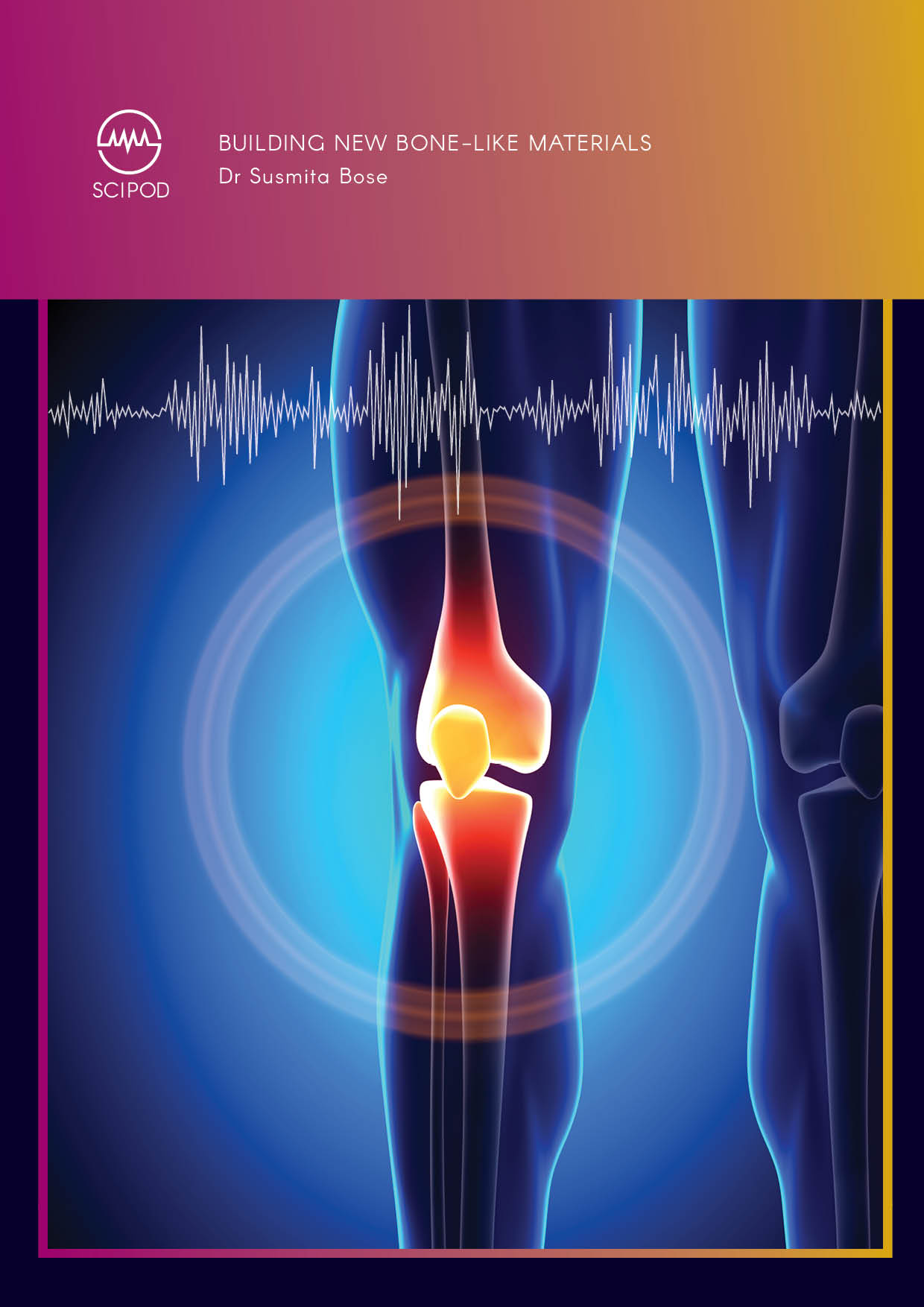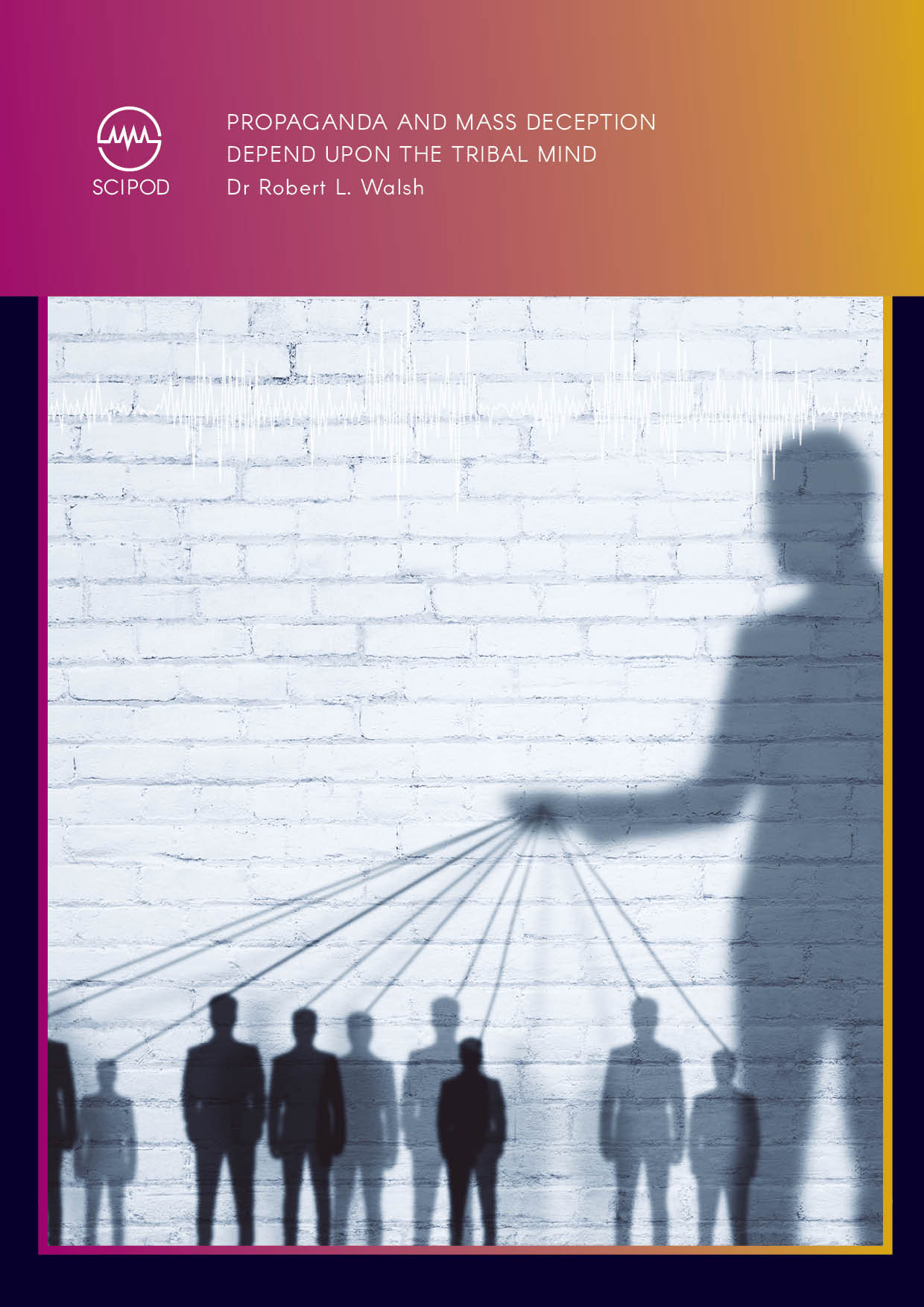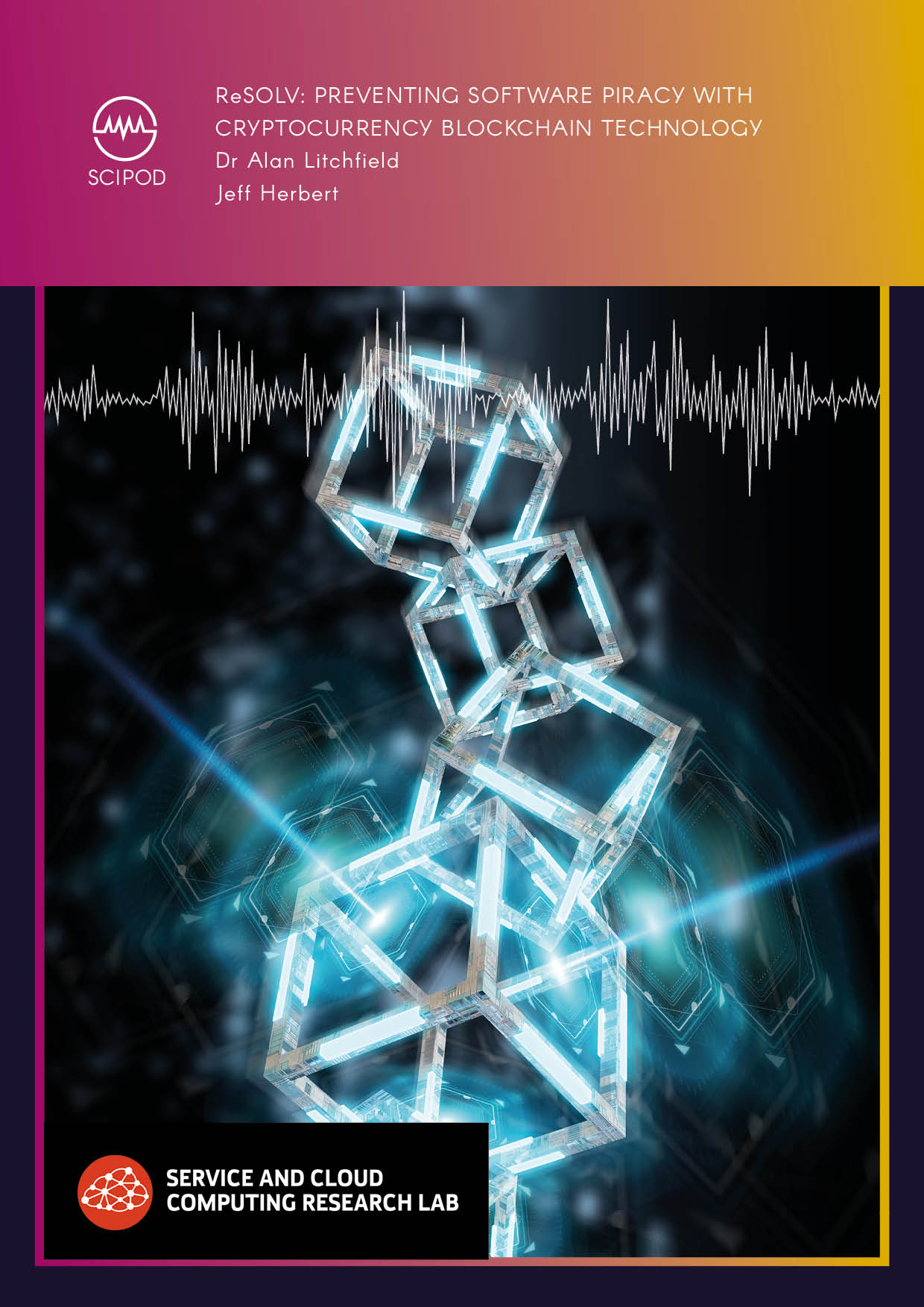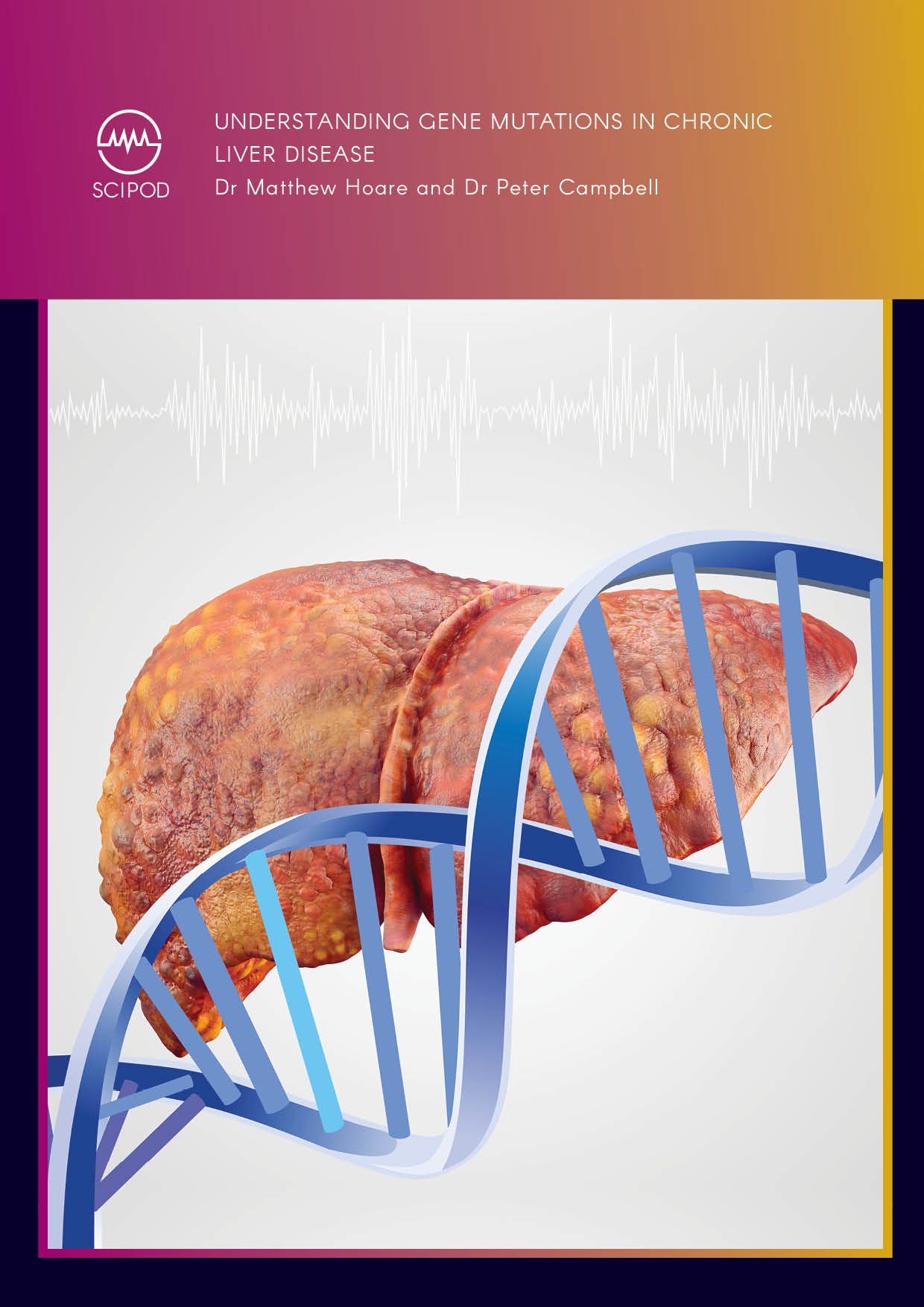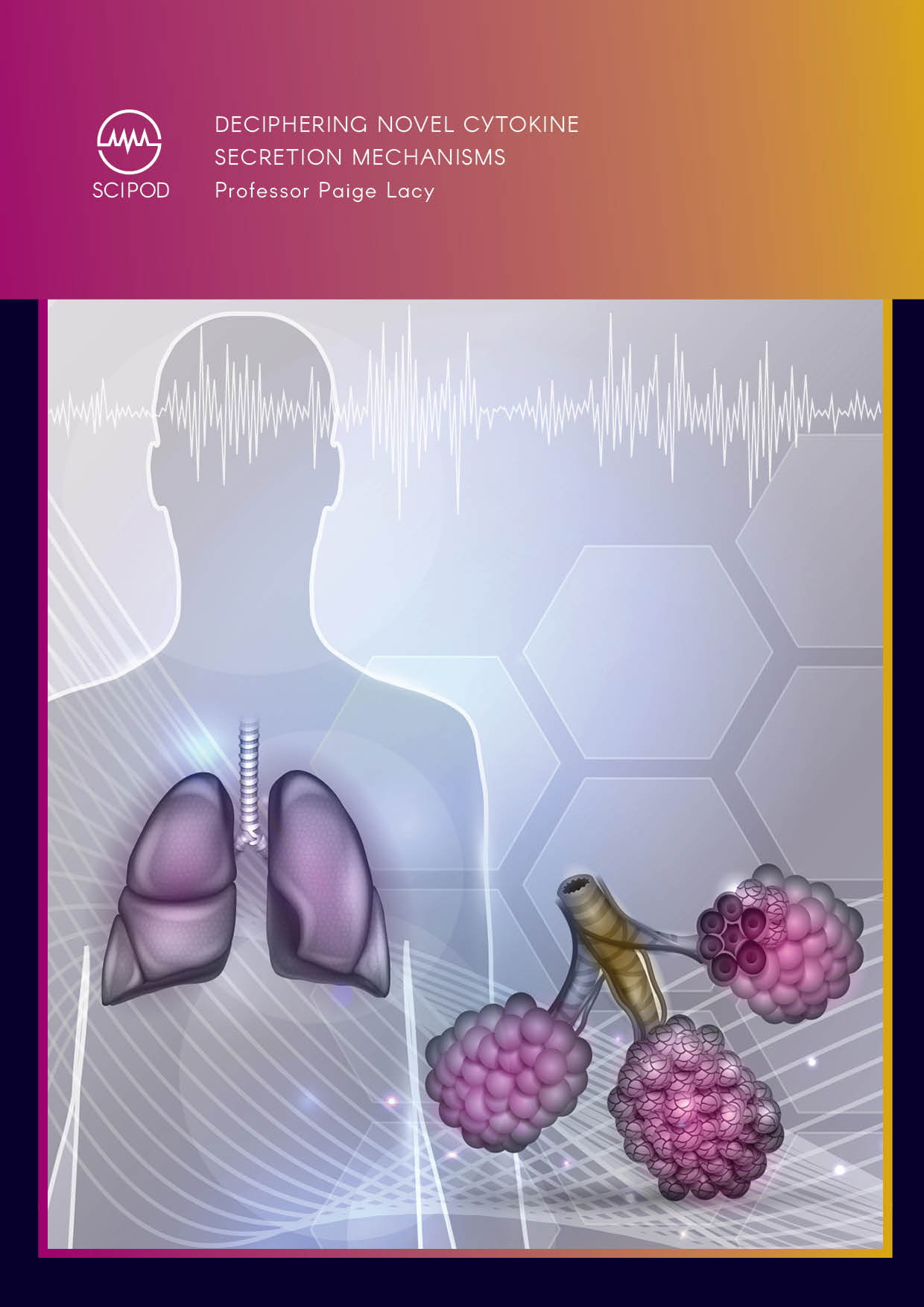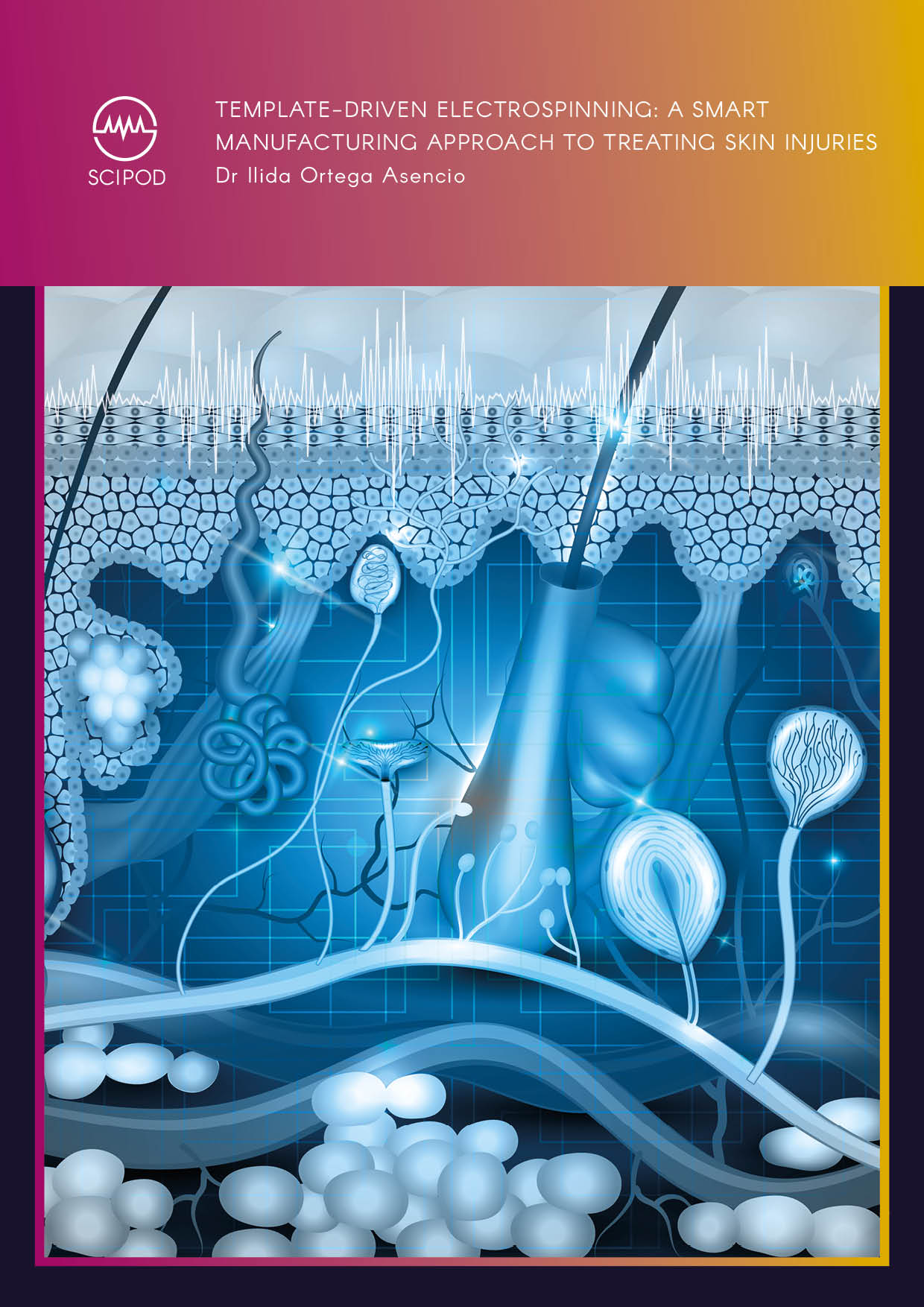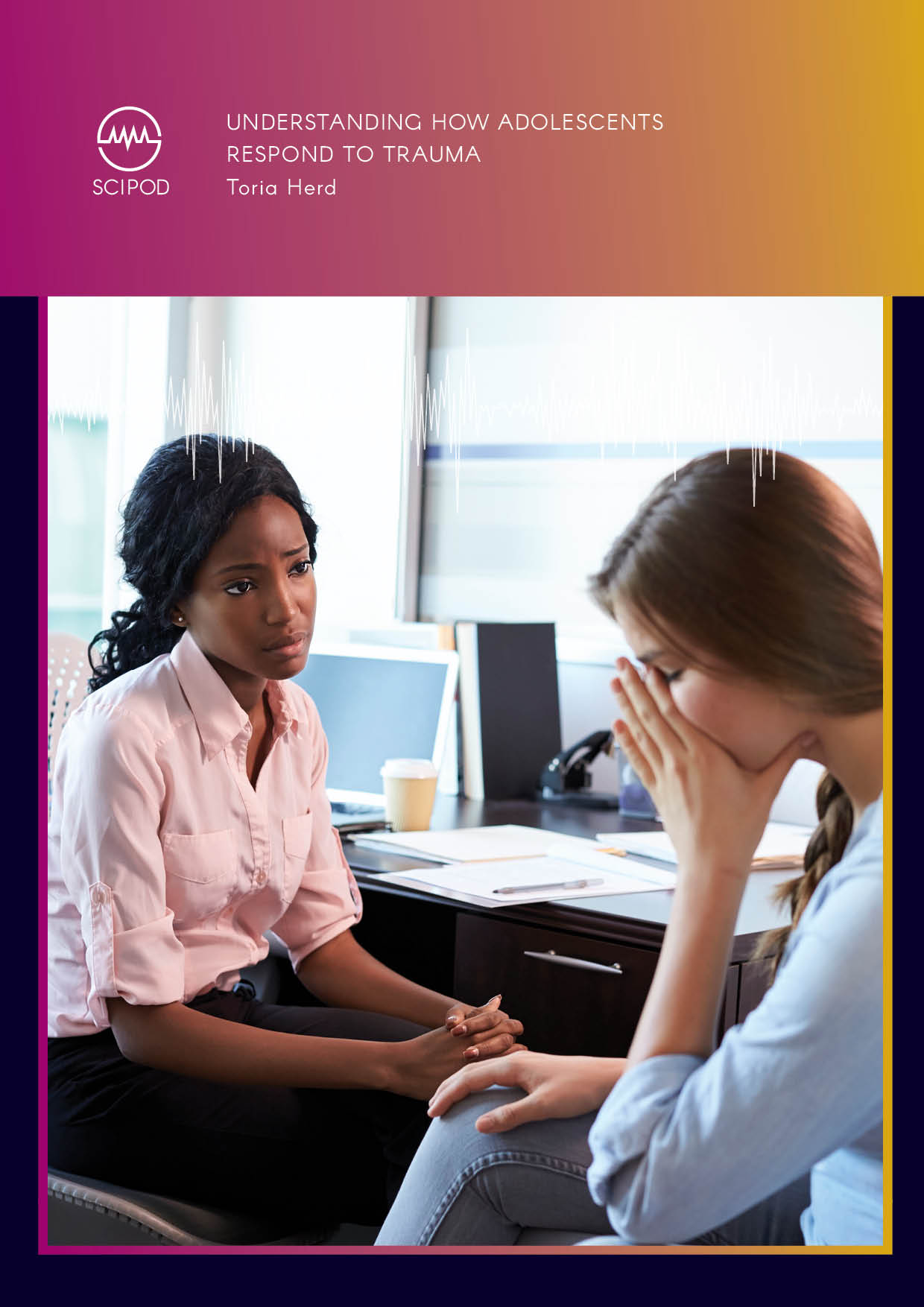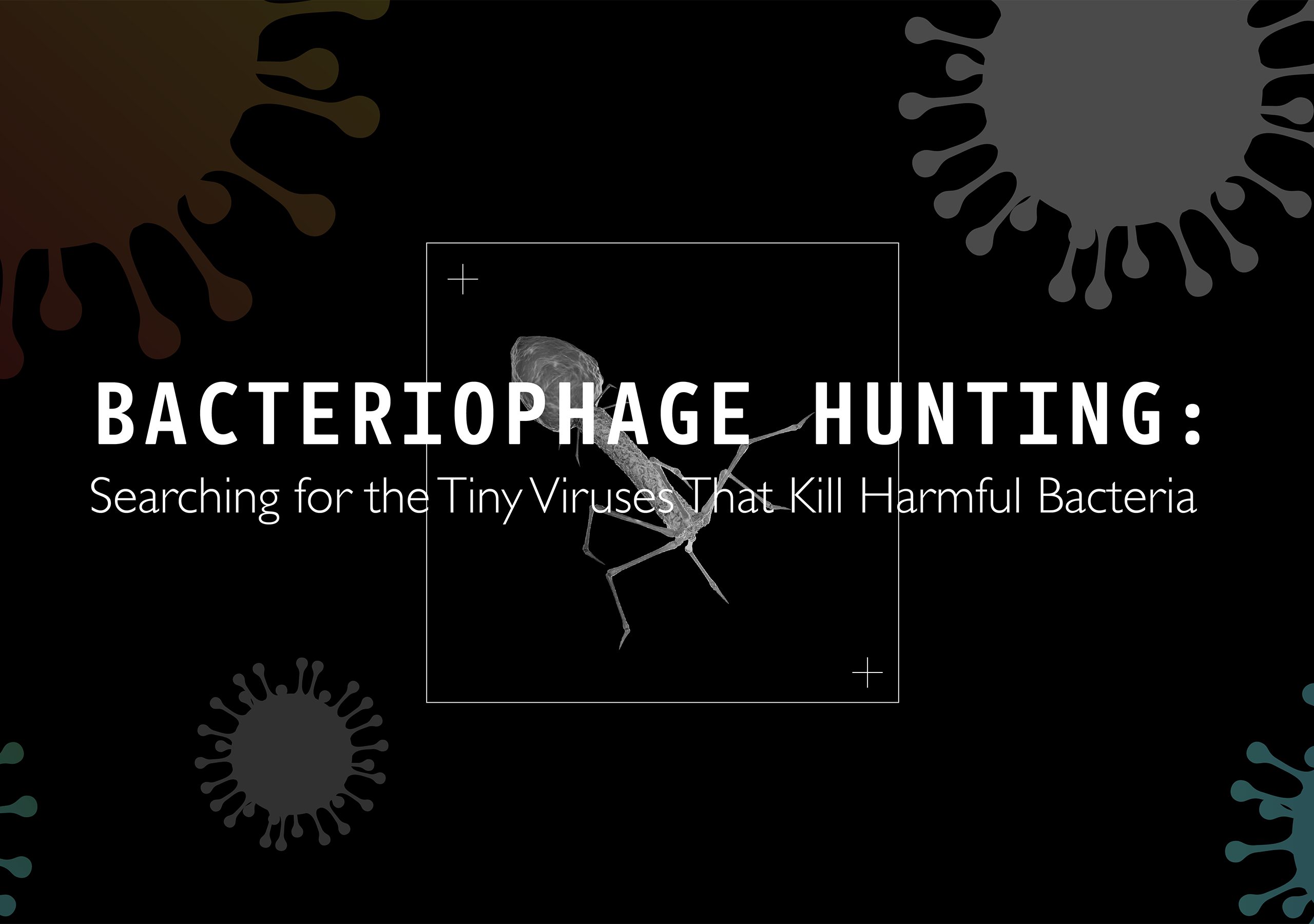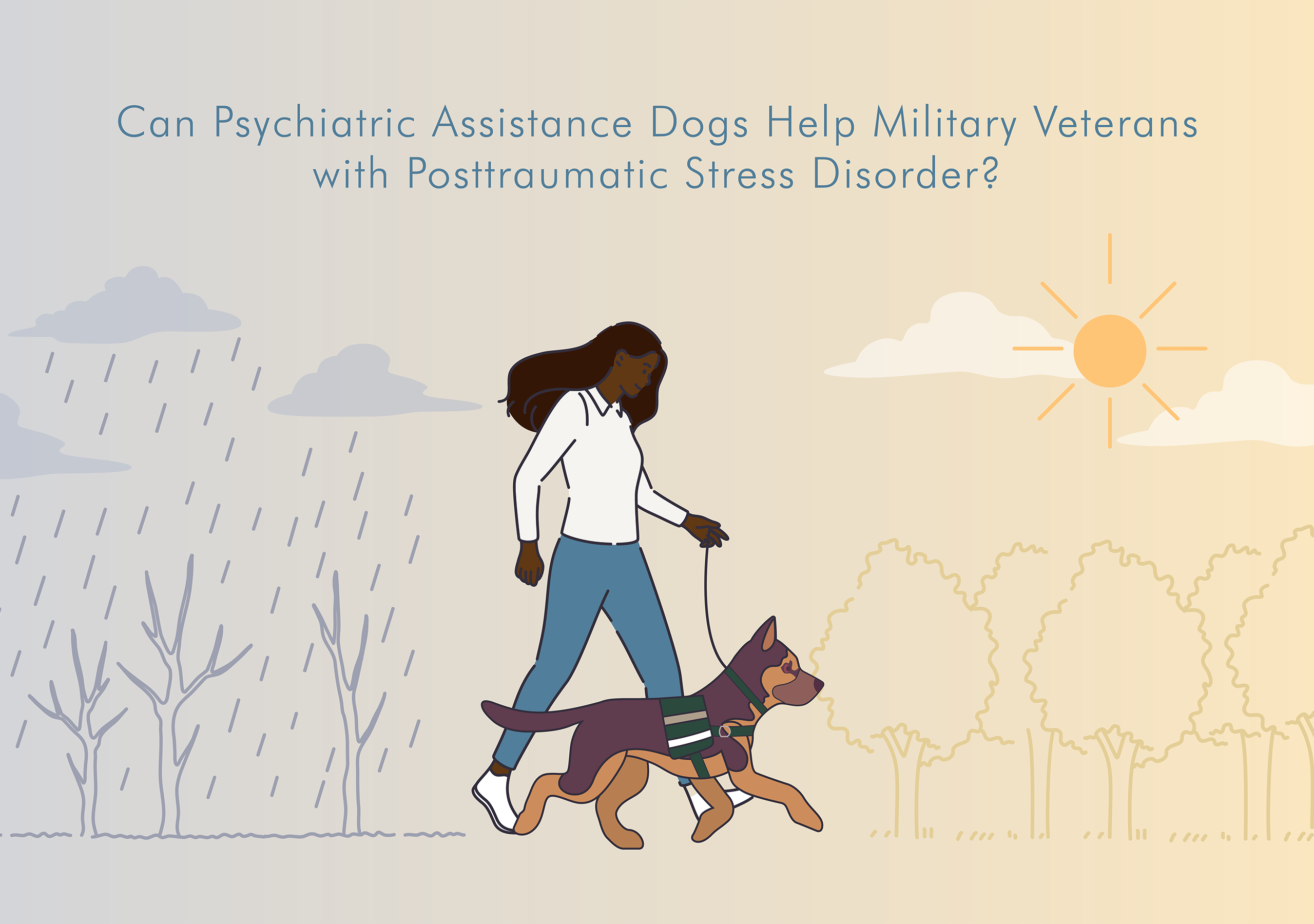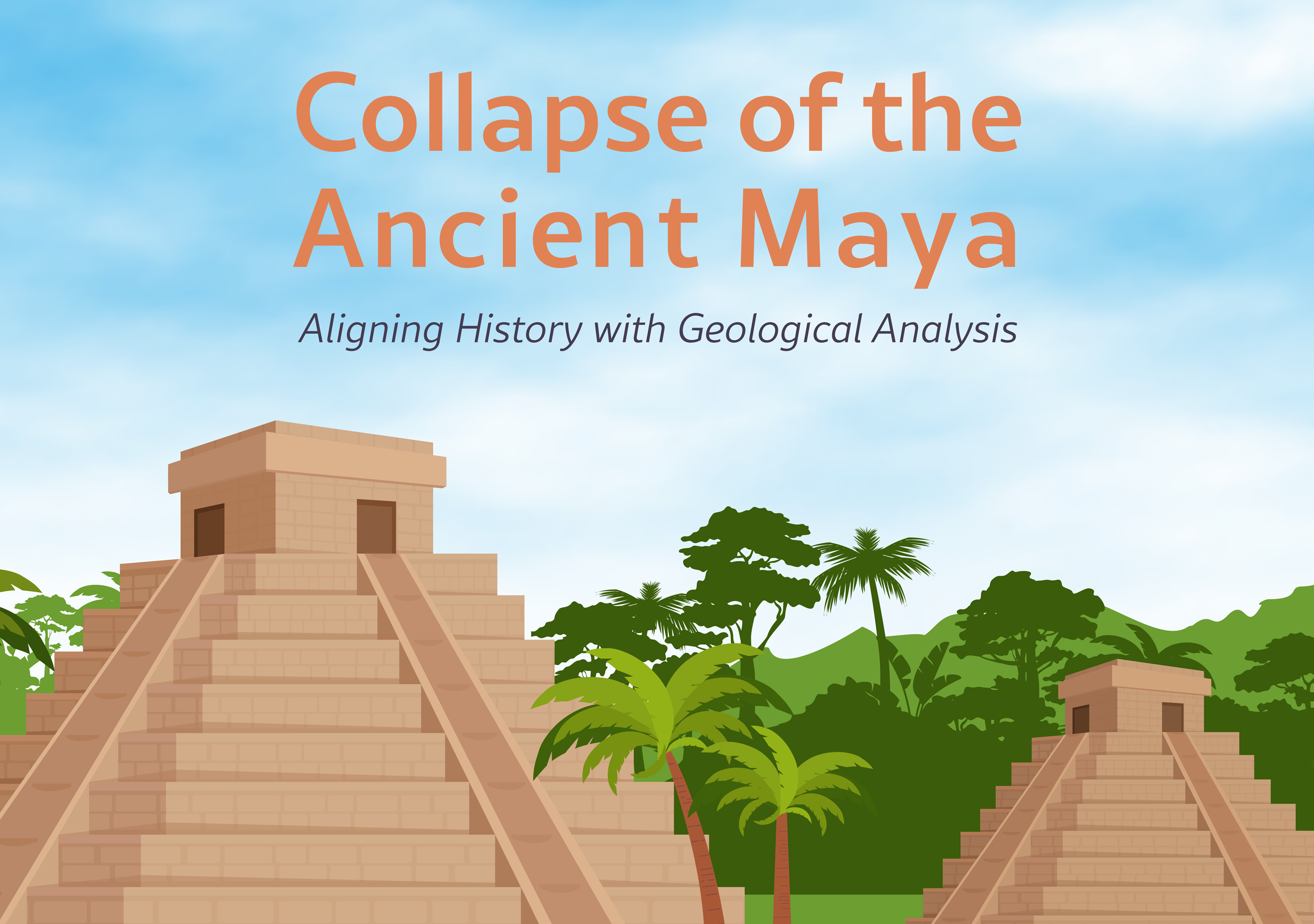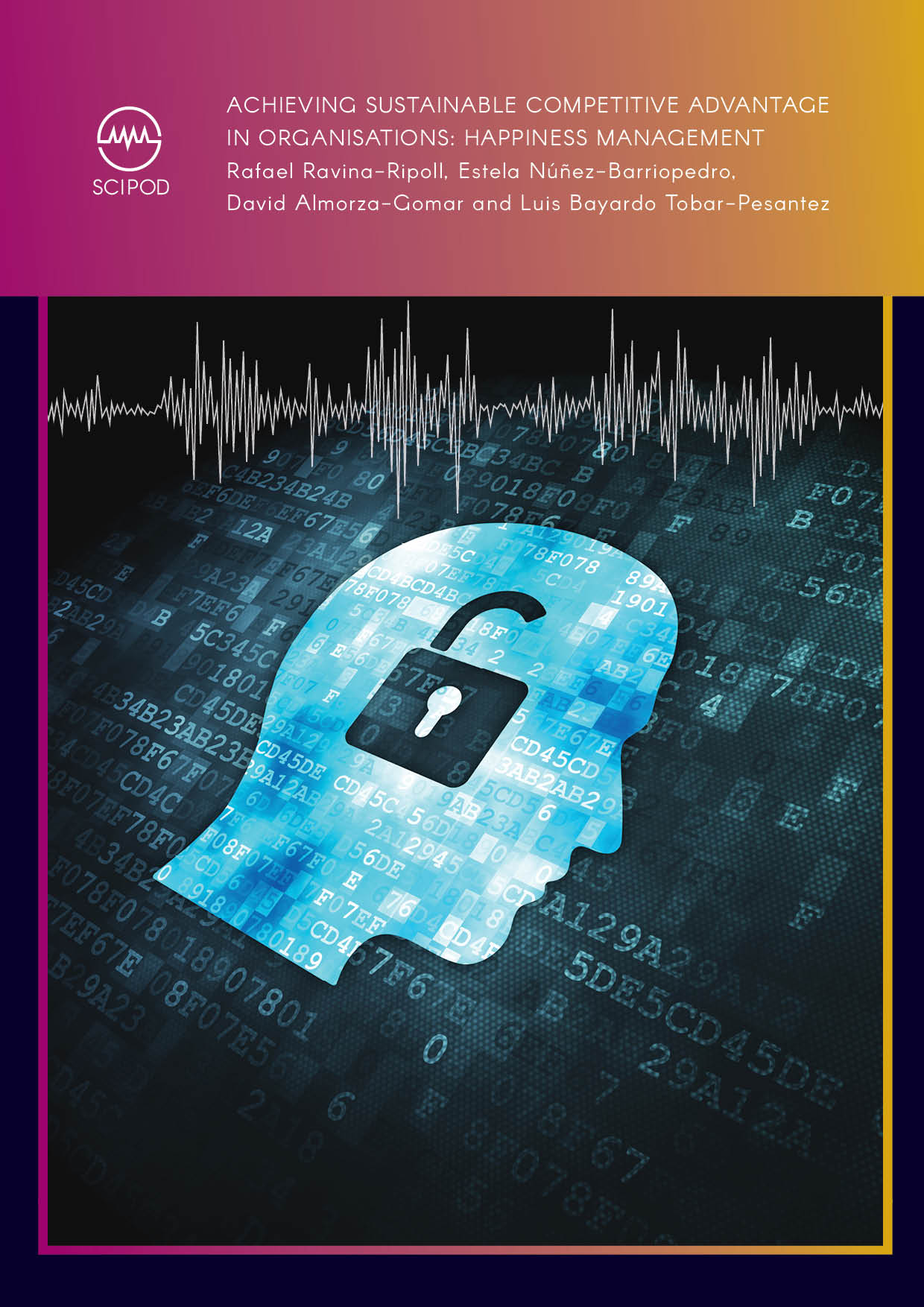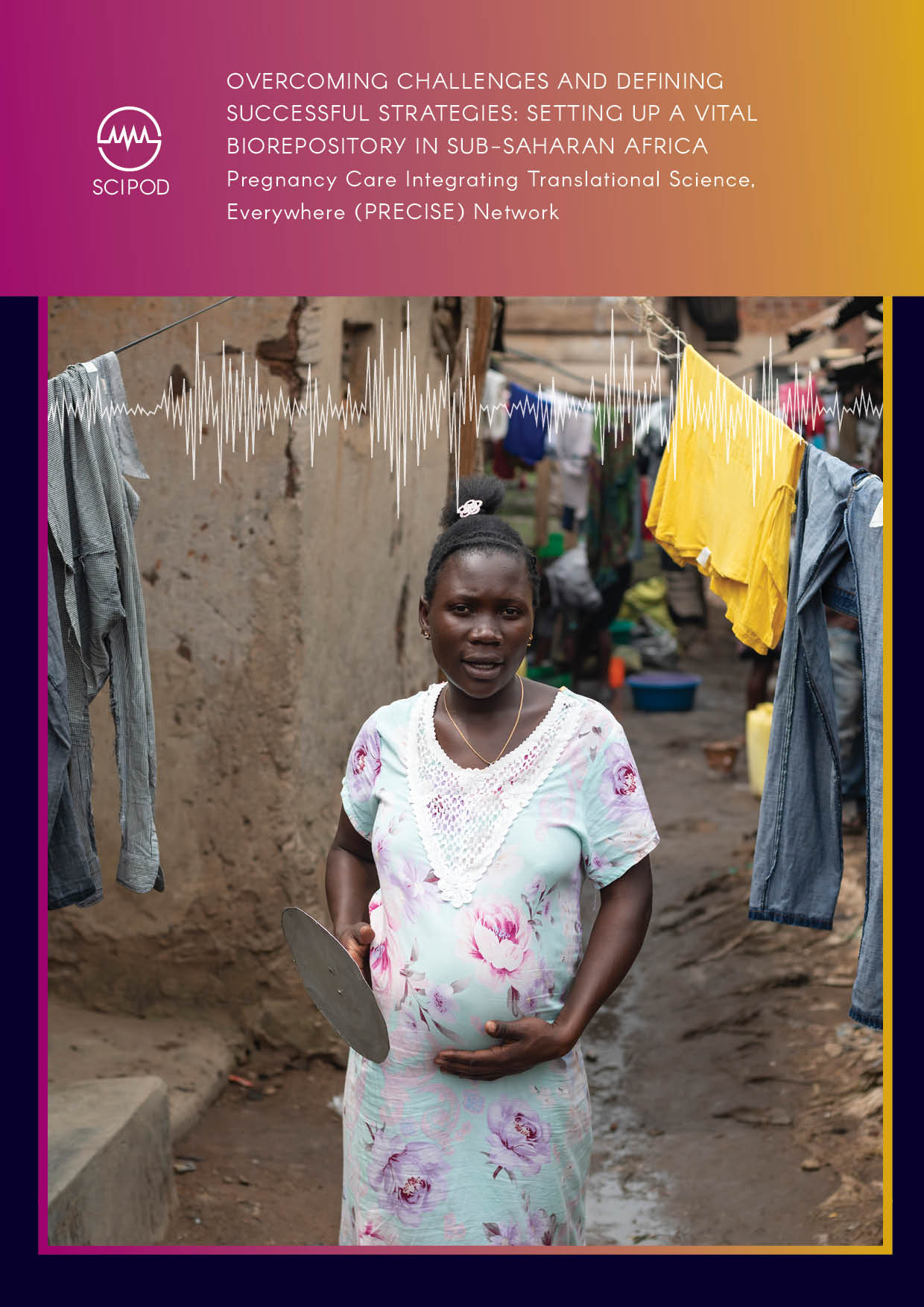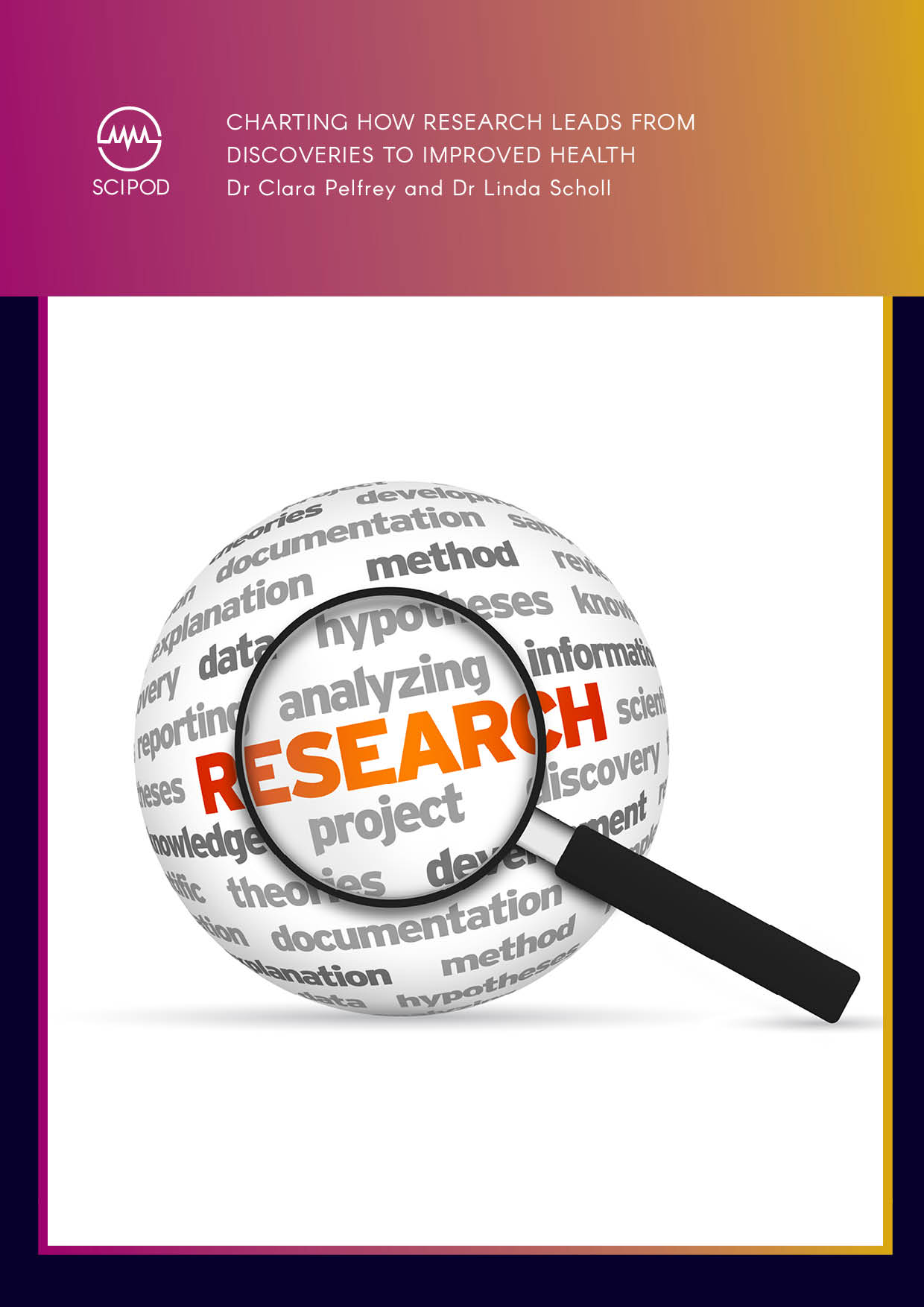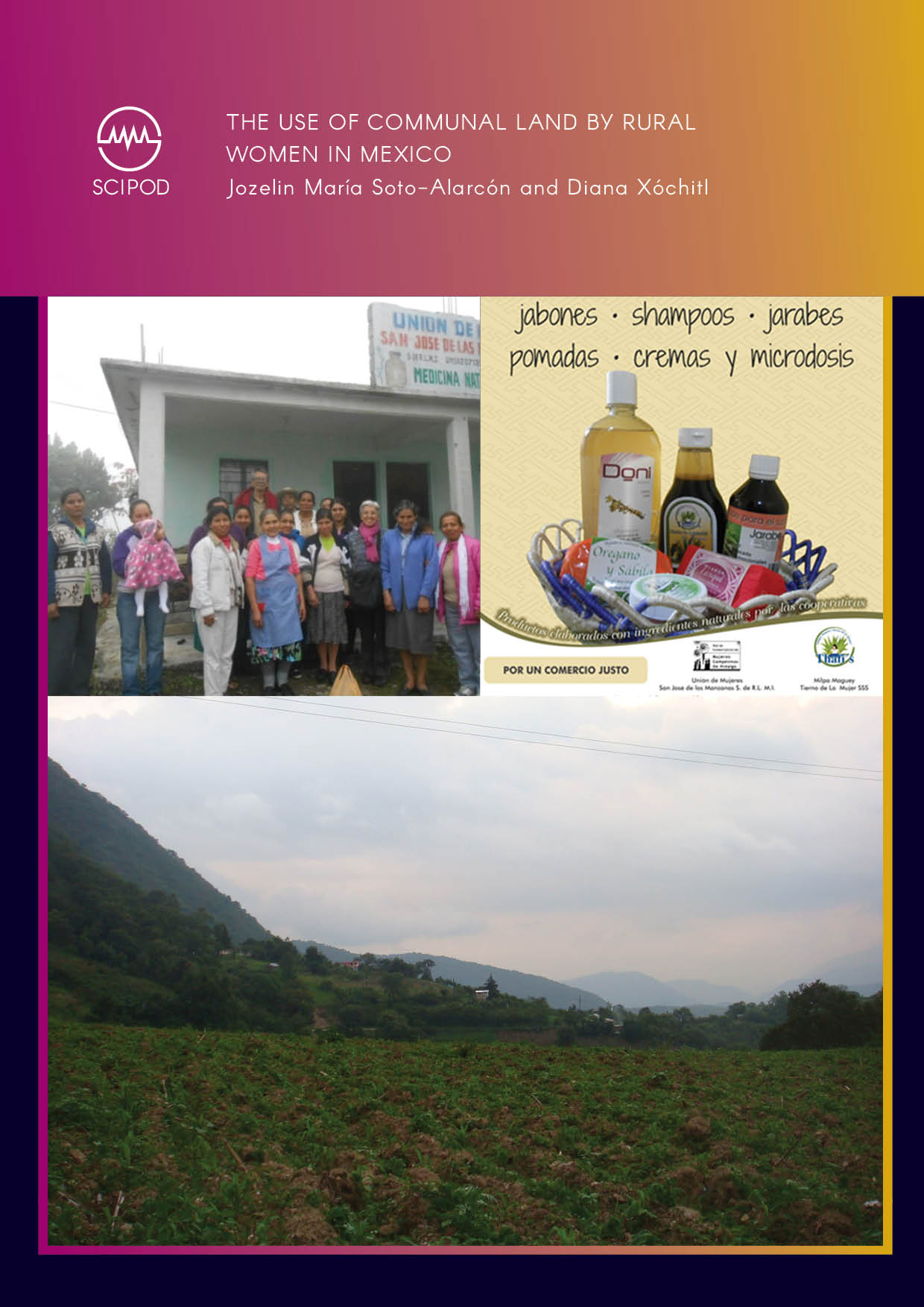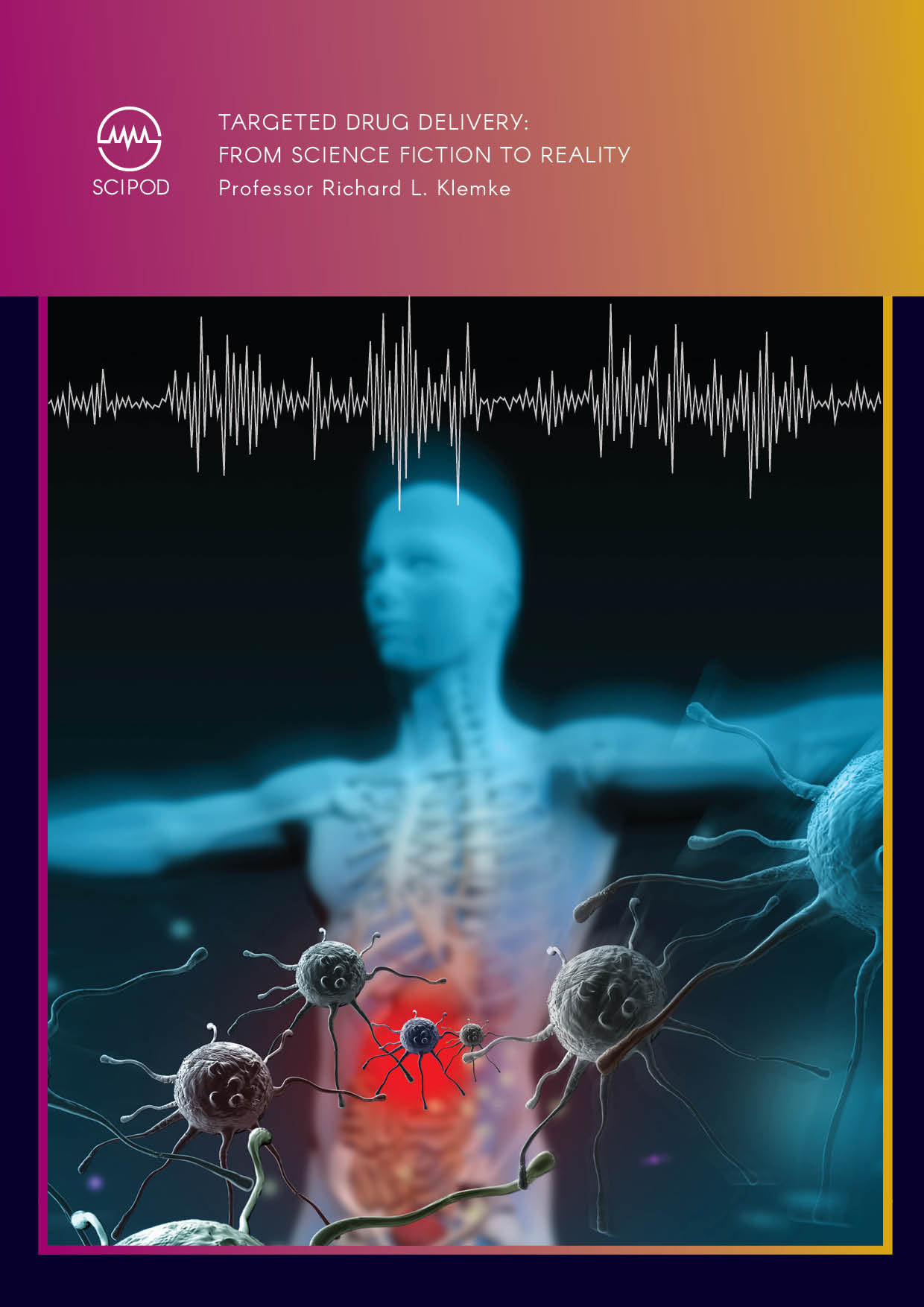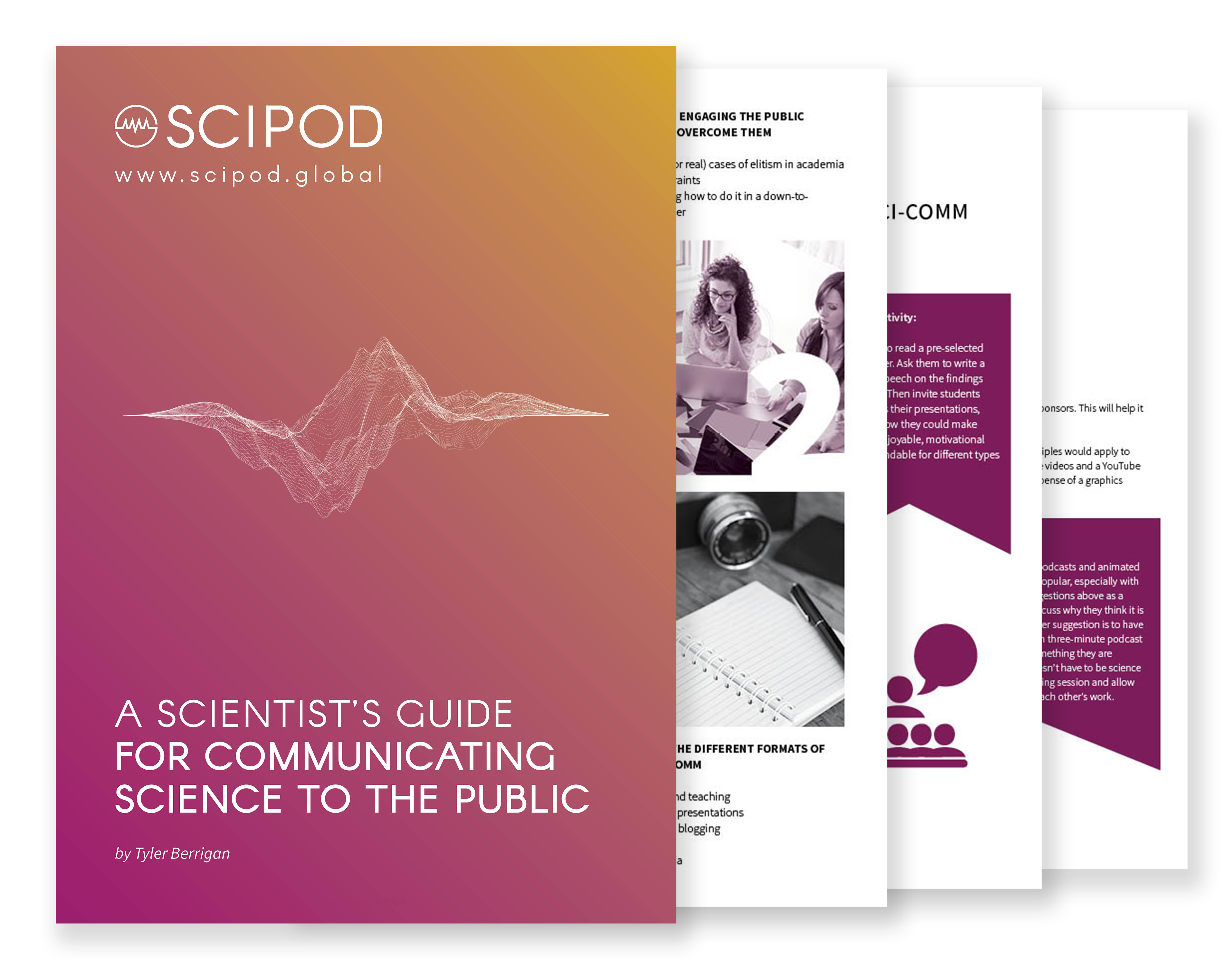Welcome to SciComm Radio
An exclusive interview series with leading scientists and science communicators

Click Below To Listen To A SciPod Radio Episode
Dr Anthony Swemmer – Exploring How Trees in Savannas Respond to Drought
AudioPod
About this episode
Original Article Reference
This SciPod is a summary of the paper ‘Locally high, but regionally low: the impact of the 2014-2016 drought on the trees of semi-arid savannas, South Africa’ from African Journal of Range & Forage Science. doi.org/10.2989/10220119.2020.1723696
This work is licensed under a Creative Commons Attribution 4.0 International License. 
What does this mean?
Share: You can copy and redistribute the material in any medium or format
Adapt: You can change, and build upon the material for any purpose, even commercially.
Credit: You must give appropriate credit, provide a link to the license, and indicate if changes were made.
Increase the impact of your research!
More episodes
Dr Alvin Orbaek White | Chemically Recycling Discarded Face Masks into Carbon Nanotubes
VideoPod
About this episode
Dr Alvin Orbaek White and his colleagues at the Energy Safety Research Institute, based at Swansea University, have shown that chemically recycling discarded face masks to create carbon nanotubes may provide a valuable resource as well as tackle the environmental issue of waste.
Original Article Reference
Summary of the paper ‘Upcycling of Face Masks to Application-rich Multi and Single Walled Carbon Nanotubes’, in Carbon Letters. https://doi.org/10.1007/s42823-022-00398-8
This work is licensed under a Creative Commons Attribution 4.0 International License. 
What does this mean?
Share: You can copy and redistribute the material in any medium or format
Adapt: You can change, and build upon the material for any purpose, even commercially.
Credit: You must give appropriate credit, provide a link to the license, and indicate if changes were made.
Increase the impact of your research!
More episodes
Dr Thomas Arciuolo | Dr Miad Faezipour – Yellowstone Caldera Supervolcano
AnimationPod
About this episode
The global climate crisis poses a major threat to human civilisation. The combustion of fossil fuels to generate energy is the primary cause of this crisis, due to the greenhouse gases released into the atmosphere. At the same time, the Earth faces another great crisis. Underneath Yellowstone National Park in Wyoming, USA, lies one of Earth’s most powerful volcanoes, which has the potential for an eruption that would be catastrophic to the entire world. Researchers Dr Thomas Arciuolo and Dr Miad Faezipour propose a solution to both of these problems, by harnessing the mighty energy reserve within the Yellowstone Supervolcano to generate clean, emission-free power – turning the Yellowstone curse into an immense blessing.
Original Article Reference
Summary of the paper ‘Yellowstone Caldera Volcanic Power Generation Facility: A new engineering approach for harvesting emission-free green volcanic energy on a national scale’, in Renewable Energy. https://doi.org/10.1016/j.renene.2022.08.063
This work is licensed under a Creative Commons Attribution 4.0 International License. 
What does this mean?
Share: You can copy and redistribute the material in any medium or format
Adapt: You can change, and build upon the material for any purpose, even commercially.
Credit: You must give appropriate credit, provide a link to the license, and indicate if changes were made.
Increase the impact of your research!
More episodes
Dr Doug Brugge | The Community Assessment of Freeway Exposure and Health Studies: Minimising Exposure to Traffic-related Air Pollution
VideoPod
About this episode
Dr Doug Brugge at the University of Connecticut, USA, leads a group of researchers and community partners dedicated to improving the health of people living in cities and traffic-heavy areas by studying local traffic pollution.
Original Article Reference
This is a summary of https://doi.org/10.33548/SCIENTIA837
This work is licensed under a Creative Commons Attribution 4.0 International License. 
What does this mean?
Share: You can copy and redistribute the material in any medium or format
Adapt: You can change, and build upon the material for any purpose, even commercially.
Credit: You must give appropriate credit, provide a link to the license, and indicate if changes were made.
Increase the impact of your research!
More episodes
Professor Michael Bukrinsky | Human Immunodeficiency Virus Co-morbidities: How Lipid Homeostasis Alterations Lead to Cardiovascular and Neurological Disorders
VideoPod
About this episode
Professor Michael Bukrinsky at George Washington University in Washington DC is working with scientists across the globe to elucidate the molecular mechanisms behind the comorbidities associated with human immunodeficiency virus so that they can be targeted with therapies.
Original Article Reference
This is a summary of https://doi.org/10.33548/SCIENTIA836
This work is licensed under a Creative Commons Attribution 4.0 International License. 
What does this mean?
Share: You can copy and redistribute the material in any medium or format
Adapt: You can change, and build upon the material for any purpose, even commercially.
Credit: You must give appropriate credit, provide a link to the license, and indicate if changes were made.
Increase the impact of your research!
More episodes
Dr Susmita Bose | 3D Printed Bone-like Materials for Delivering Natural Medicine
AudioPod
About this episode
Some of the greatest advances in medical history have revolved around the creation of new materials that can replace damaged tissues in the body. Today, many researchers focus on creating materials that can replace damaged bone tissue, which often cannot heal naturally. Dr Susmita Bose and her team at Washington State University have been researching ways to engineer exciting new materials that mimic the structure of natural bone, allowing us to live happier, healthier, and longer lives.
Original Article Reference
This SciPod is a summary of https://doi.org/10.33548/SCIENTIA846
This work is licensed under a Creative Commons Attribution 4.0 International License. 
What does this mean?
Share: You can copy and redistribute the material in any medium or format
Adapt: You can change, and build upon the material for any purpose, even commercially.
Credit: You must give appropriate credit, provide a link to the license, and indicate if changes were made.
Increase the impact of your research!
More episodes
Dr Robert L. Walsh | Propaganda and Mass Deception Depend Upon the Tribal Mind
AudioPod
About this episode
Propaganda is the systemic use of language with the intent to brainwash rather than to persuade. It has the subtle but pervasive power to ensnare an entire populace toward a predetermined attitude or outlook. Deceptive communication is now commonplace in this information age. Dr Robert L. Walsh recently examined how propagandists bend language for mass deception. He argued that what makes propaganda so insidious is a vestige of our prehistoric past – the Neolithic or Tribal mind.
Original Article Reference
This SciPod is a summary of the paper ‘An Inquisition for Propaganda and Mass Deception: Deposing the Neolithic Mind’, in Frontiers in Communication, 2021. doi.org/10.3389/fcomm.2021.636292
This work is licensed under a Creative Commons Attribution 4.0 International License. 
What does this mean?
Share: You can copy and redistribute the material in any medium or format
Adapt: You can change, and build upon the material for any purpose, even commercially.
Credit: You must give appropriate credit, provide a link to the license, and indicate if changes were made.
Increase the impact of your research!
More episodes
Dr Alan Litchfield | Jeff Herbert – ReSOLV: Preventing Software Piracy with Cryptocurrency Blockchain Technology
AudioPod
About this episode
Software piracy is a large and growing problem. The methods used to combat it are becoming increasingly complex as technology evolves, costing software publishers and users billions of dollars each year. Dr Alan Litchfield from the Auckland University of Technology and Jeff Herbert from Cybercraft, New Zealand, have developed a new method to suppress software piracy. In a recent paper, they present ReSOLV – a method for software validation based on cryptocurrency blockchain technology.
Original Article Reference
This SciPod is a summary of the paper ‘ReSOLV: Applying Cryptocurrency Blockchain Methods to Enable Global Cross-Platform Software Validation’. doi.org/10.3390/cryptography2020010
This work is licensed under a Creative Commons Attribution 4.0 International License. 
What does this mean?
Share: You can copy and redistribute the material in any medium or format
Adapt: You can change, and build upon the material for any purpose, even commercially.
Credit: You must give appropriate credit, provide a link to the license, and indicate if changes were made.
Increase the impact of your research!
More episodes
Dr Thomas Arciuolo | Dr Miad Faezipour – Yellowstone Caldera Supervolcano – A Solution to the Climate and Energy Crisis
VideoPod
About this episode
The global climate crisis poses a major threat to human civilisation. The combustion of fossil fuels to generate energy is the primary cause of this crisis, due to the greenhouse gases released into the atmosphere. At the same time, the Earth faces another great crisis. Underneath Yellowstone National Park in Wyoming, USA, lies one of Earth’s most powerful volcanoes, which has the potential for an eruption that would be catastrophic to the entire world. Researchers Dr Thomas Arciuolo and Dr Miad Faezipour propose a solution to both of these problems, by harnessing the mighty energy reserve within the Yellowstone Supervolcano to generate clean, emission-free power – turning the Yellowstone curse into an immense blessing.
Original Article Reference
Summary of the paper ‘Yellowstone Caldera Volcanic Power Generation Facility: A new engineering approach for harvesting emission-free green volcanic energy on a national scale’, in Renewable Energy. https://doi.org/10.1016/j.renene.2022.08.063
This work is licensed under a Creative Commons Attribution 4.0 International License. 
What does this mean?
Share: You can copy and redistribute the material in any medium or format
Adapt: You can change, and build upon the material for any purpose, even commercially.
Credit: You must give appropriate credit, provide a link to the license, and indicate if changes were made.
Increase the impact of your research!
More episodes
Dr Matthew Hoare | Dr Peter Campbell – Understanding Gene Mutations in Chronic Liver Disease
AudioPod
About this episode
Liver disease is reported to be the third largest cause of premature death in the UK, with 75% of patients being diagnosed too late for any meaningful intervention. Dr Matthew Hoare from the University of Cambridge, and Dr Peter Campbell from the Sanger Institute, lead a team conducting research into the genome changes associated with chronic liver disease to help understand the cause and consequence of these changes.
Original Article Reference
This SciPod is a summary of the papers ‘Somatic mutations and clonal dynamics in healthy and cirrhotic human liver’, and ‘Convergent somatic mutations in metabolism genes in chronic liver disease’ both published in Nature. DOI: https://doi.org/10.1038/s41586-019-1670-9 and DOI: https://doi.org/10.1038/s41586-021-03974-6
This work is licensed under a Creative Commons Attribution 4.0 International License. 
What does this mean?
Share: You can copy and redistribute the material in any medium or format
Adapt: You can change, and build upon the material for any purpose, even commercially.
Credit: You must give appropriate credit, provide a link to the license, and indicate if changes were made.
Increase the impact of your research!
More episodes
Professor Paige Lacy | Deciphering Novel Cytokine Secretion Mechanisms
AudioPod
About this episode
Following exposure to injury or infection, the body elicits a counteractive immune response which involves many different cell types and processes. Cytokines are substances secreted by cells which play a pivotal role in the regulation of this response. Professor Paige Lacy and colleagues in the Department of Medicine at the University of Alberta in Edmonton, Canada, have conducted extensive research into the exact mechanisms underpinning the regulation of cytokine release during the immune response with a particular focus on airway inflammatory disorders.
Original Article Reference
This SciPod is a summary of https://doi.org/10.33548/SCIENTIA843
This work is licensed under a Creative Commons Attribution 4.0 International License. 
What does this mean?
Share: You can copy and redistribute the material in any medium or format
Adapt: You can change, and build upon the material for any purpose, even commercially.
Credit: You must give appropriate credit, provide a link to the license, and indicate if changes were made.
Increase the impact of your research!
More episodes
Dr Ilida Ortega Asencio | Template-driven Electrospinning: A Smart Manufacturing Approach to Treating Skin Injuries
AudioPod
About this episode
Human skin acts as an important line of defence against the external environment. To preserve this important function, the regeneration of injured skin is critical. Scientists are now able to artificially replicate aspects of the complex microenvironment in which human skin stem cells reside thanks to the technological advances in the field of biomaterial devices. Dr Ilida Ortega Asencio, from the University of Sheffield, UK, and her team have developed a new approach in which electrospun patches with defined microenvironments can be functionalised with key compounds to aid the formation of new blood vessels in injured skin.
Original Article Reference
This SciPod is a summary of the paper ‘Delivery of Bioactive Compounds to Improve Skin Cell Responses on Microfabricated Electrospun Microenvironments’, from the journal Bioengineering. DOI: https://doi.org/10.3390/bioengineering8080105
This work is licensed under a Creative Commons Attribution 4.0 International License. 
What does this mean?
Share: You can copy and redistribute the material in any medium or format
Adapt: You can change, and build upon the material for any purpose, even commercially.
Credit: You must give appropriate credit, provide a link to the license, and indicate if changes were made.
Increase the impact of your research!
More episodes
Dr Dipak Panigrahy | Chemotherapy- and Carcinogen-induced Cell Debris Initiates Cancer Recurrence
AudioPod
About this episode
Chemotherapy, one of the mainstays of cancer treatment, can unfortunately act as a double-edged sword. While achieving the intended aim of killing cancerous cells, it also generates an accumulation of cell debris, which in turn, promotes tumour growth by stimulating inflammation in the tumour microenvironment. Dr Dipak Panigrahy and his colleagues from Harvard Medical School, USA, have conducted several studies in mice showing that targeting the tumour cell debris-mediated surge of proinflammatory and protumourigenic factors provides a strategy for enhancing the efficacy of chemotherapy.
Original Article Reference
This SciPod is a summary of DOI: https://doi.org/10.33548/SCIENTIA842
This work is licensed under a Creative Commons Attribution 4.0 International License. 
What does this mean?
Share: You can copy and redistribute the material in any medium or format
Adapt: You can change, and build upon the material for any purpose, even commercially.
Credit: You must give appropriate credit, provide a link to the license, and indicate if changes were made.
Increase the impact of your research!
More episodes
Toria Herd | Understanding How Adolescents Respond to Trauma
AudioPod
About this episode
Original Article Reference
This SciPod is a summary of the paper ‘Individual and Social Risk and Protective Factors as Predictors of Trajectories of Post-traumatic Stress Symptoms in Adolescents’, published in Research on Child and Adolescent Psychopathology. DOI: https://doi.org/10.1007/s10802-022-00960-y
This work is licensed under a Creative Commons Attribution 4.0 International License. 
What does this mean?
Share: You can copy and redistribute the material in any medium or format
Adapt: You can change, and build upon the material for any purpose, even commercially.
Credit: You must give appropriate credit, provide a link to the license, and indicate if changes were made.
Increase the impact of your research!
More episodes
Dr Kristin Parent | Bacteriophage Hunting: Searching for the Tiny Viruses That Kill Harmful Bacteria
VideoPod
About this episode
Shigellosis is an infection of the Shigella bacteria with over 164 million cases each year leading to 1.1 million deaths. The ever-increasing antibiotic resistance of the bacteria means we need alternatives or supplements to existing antibiotics. Dr Kristin Parent from Michigan State University is working on exciting, collaborative projects hunting for bacteriophages to be used in novel therapeutics.
Original Article Reference
This video is a summary of https://doi.org/10.33548/SCIENTIA778
This work is licensed under a Creative Commons Attribution 4.0 International License. 
What does this mean?
Share: You can copy and redistribute the material in any medium or format
Adapt: You can change, and build upon the material for any purpose, even commercially.
Credit: You must give appropriate credit, provide a link to the license, and indicate if changes were made.
Increase the impact of your research!
More episodes
Professor Manoj Sharma | The Multi-theory Model (MTM) of Health Behavior Change: Understanding the Determinants of Breast Cancer Screening
AudioPod
About this episode
The multi-theory model (MTM) of health behavior change provides a theoretical framework for understanding and promoting health behaviors. Professor Manoj Sharma from the University of Nevada, Las Vegas, the originator of this model, has applied this model to breast cancer and undertaking mammography screening in women from groups underserved in current healthcare. His findings have important theoretical and practical implications.
Original Article Reference
This SciPod is a summary of the paper ‘Using the Multi-Theory Model (MTM) of Health Behavior Change to Explain the Correlates of Mammography Screening among Asian American Women’, published in Pharmacy, DOI: https://doi.org/10.3390/pharmacy9030126
and
‘A multi-theory model based analysis of correlates for initiating and sustaining mammography screening behavior among Hispanic American women in the United States’ published in Health Promotion Perspectives, DOI: https://doi.org/10.34172/hpp.2022.14
This work is licensed under a Creative Commons Attribution 4.0 International License. 
What does this mean?
Share: You can copy and redistribute the material in any medium or format
Adapt: You can change, and build upon the material for any purpose, even commercially.
Credit: You must give appropriate credit, provide a link to the license, and indicate if changes were made.
Increase the impact of your research!
More episodes
Yuki Fuseya | Exploring Turing Patterns at Atomic Levels
VideoPod
About this episode
Patterns can be found across the entire natural world – from the spots on a leopard’s coat to stripes in mineral deposits deep underground. Such motifs are better known as Turing patterns – named after the famous mathematician and codebreaker, Alan Turing, who proposed the theory behind them. Turing patterns are often found on large scales, but they become much rarer at smaller scales, with very few known examples at microscopic and atomic scales. Aharon Kapitulnik and Yuki Fuseya have revealed a new atomic-scale Turing pattern, which arises in an atom-thick layer of bismuth atoms.
Original Article Reference
This video is a summary of the paper ‘Nanoscale Turing patterns in a bismuth monolayer’, in Nature Physics. https://doi.org/10.1038/s41567-021-01288-y
This work is licensed under a Creative Commons Attribution 4.0 International License. 
What does this mean?
Share: You can copy and redistribute the material in any medium or format
Adapt: You can change, and build upon the material for any purpose, even commercially.
Credit: You must give appropriate credit, provide a link to the license, and indicate if changes were made.
Increase the impact of your research!
More episodes
Sarah Leighton | Can Psychiatric Assistance Dogs Help Military Veterans with Posttraumatic Stress Disorder?
VideoPod
About this episode
Psychiatric assistance dogs trained to help with mental health symptoms have become increasingly popular as a complementary intervention for posttraumatic stress disorder (PTSD). Sarah Leighton and her colleagues from Purdue University and the University of Arizona in the USA are exploring the effectiveness of psychiatric assistance dog partnerships for military veterans with PTSD.

What does this mean?
Share: You can copy and redistribute the material in any medium or format
Adapt: You can change, and build upon the material for any purpose, even commercially.
Credit: You must give appropriate credit, provide a link to the license, and indicate if changes were made.
Increase the impact of your research!
More episodes
Dr Martín Medina-Elizalde | Collapse of the Ancient Maya Civilisation: Aligning History with Geological Analysis
VideoPod
About this episode
Between 800 and 1000 CE, one of the world’s most advanced ancient civilisations underwent a devastating decline. The collapse of ancient Maya society has widely been attributed to a century-long drought; but so far, there have been few efforts to quantify this event, or to equate scientific findings with historical sources. Through new geological and paleoclimatological analyses, Dr Martín Medina-Elizalde at the University of Massachusetts, Amherst has revealed that the climate changes experienced during the drought followed more complex patterns than previously thought. His team’s discoveries could have important implications for predicting our own society’s future.
Original Article Reference
This video is a summary of https://doi.org/10.33548/SCIENTIA825

What does this mean?
Share: You can copy and redistribute the material in any medium or format
Adapt: You can change, and build upon the material for any purpose, even commercially.
Credit: You must give appropriate credit, provide a link to the license, and indicate if changes were made.
Increase the impact of your research!
More episodes
Krti Tallam | The Importance of Estuaries for Predicting Climate Change Impacts in the Oceans
VideoPod
About this episode
Climate change is threatening the world’s marine ecosystems in myriad ways, due to rising temperatures, ocean acidification, and sea-level rise. Another often-overlooked effect is that warmer temperatures and changing weather patterns can alter the transmission of many marine parasites and infectious diseases. Such diseases don’t just impact their host populations, as cascading effects can disrupt entire ocean food webs. Krti Tallam at Stanford University studies the evolution of marine parasites and diseases, along with the broader implications for marine ecology. In a recent review paper, Tallam focuses on critically important ecosystems within intertidal zones.
Original Article Reference
This video is a summary of review ‘Assessing intertidal parasite dynamics in the Anthropecene’.

What does this mean?
Share: You can copy and redistribute the material in any medium or format
Adapt: You can change, and build upon the material for any purpose, even commercially.
Credit: You must give appropriate credit, provide a link to the license, and indicate if changes were made.
Increase the impact of your research!
More episodes
Professor Rafael Ravina-Ripoll – Achieving Sustainable Competitive Advantage in Organisations: Happiness Management
AudioPod
About this episode
Sustainable Development Goal 12 refers to responsible production and consumption. Professor Rafael Ravina-Ripoll at the University of Cádiz in Spain and his colleagues (Luis Bayardo Tobar-Pesantez, Estela Núñez-Barriopedro and David Almorza-Gomar) have addressed a lack of research and understanding in the literature about how management models based on happiness management can help promote sustainable and ethical development in the COVID-19 era.
Original Article Reference
This SciPod is a summary of the paper ‘Happiness Management: A Culture to Explore From Brand Orientation as a Sign of Responsible and Sustainable Production’, published in the open access journal Frontiers in Psychology. DOI: https://doi.org/10.3389/fpsyg.2021.727845
This work is licensed under a Creative Commons Attribution 4.0 International License. 
What does this mean?
Share: You can copy and redistribute the material in any medium or format
Adapt: You can change, and build upon the material for any purpose, even commercially.
Credit: You must give appropriate credit, provide a link to the license, and indicate if changes were made.
Increase the impact of your research!
More episodes
Overcoming Challenges and Defining Successful Strategies: Setting up a Vital Biorepository in Sub-Saharan Africa
AudioPod
About this episode
Original Article Reference
This SciPod is a summary of the paper ‘PRECISE pregnancy cohort: challenges and strategies in setting up a biorepository in sub-Saharan Africa’, from Reproductive Health. DOI: https://doi.org/10.1186/s12978-020-0874-7.
This work is licensed under a Creative Commons Attribution 4.0 International License. 
What does this mean?
Share: You can copy and redistribute the material in any medium or format
Adapt: You can change, and build upon the material for any purpose, even commercially.
Credit: You must give appropriate credit, provide a link to the license, and indicate if changes were made.
Increase the impact of your research!
More episodes
Dr Clara Pelfrey – Dr Linda Scholl | Charting How Research Leads from Discoveries to Improved Health
AudioPod
About this episode
Original Article Reference
This SciPod is a summary of the paper ‘A protocol for retrospective translational science case studies of health interventions’, from the Journal of Clinical and Translational Science. DOI: https://doi.org/10.1017/cts.2020.514.
This work is licensed under a Creative Commons Attribution 4.0 International License. 
What does this mean?
Share: You can copy and redistribute the material in any medium or format
Adapt: You can change, and build upon the material for any purpose, even commercially.
Credit: You must give appropriate credit, provide a link to the license, and indicate if changes were made.
Increase the impact of your research!
More episodes
Professor Derrick Robinson | Using Intrabodies to Induce Cell Death in Trypanosome Parasites
VideoPod
About this episode
Trypanosomes are single-celled parasites that cause life-threatening diseases in humans, domestic livestock and wild animals. In sub-Saharan Africa, infection with a species called Trypanosoma brucei or T.brucei causes African sleeping sickness, which results in organ failure and eventually fatal coma if left untreated. There are limited diagnostic tests and treatments available and much of trypanosome biology remains undiscovered.
Original Article Reference
This video is a summary of ‘Intrabody-Induced Cell Death by Targeting the T. brucei Cytoskeletal Protein TbBILBO1’ published in the journal Microbiology Spectrum. DOI: https://doi.org/10.1128/Spectrum.00915-21

What does this mean?
Share: You can copy and redistribute the material in any medium or format
Adapt: You can change, and build upon the material for any purpose, even commercially.
Credit: You must give appropriate credit, provide a link to the license, and indicate if changes were made.
Increase the impact of your research!
More episodes
Dr Tie-Cheng Guo – Professor Li You | Viewing Quantum Phases with ‘Time Order’
AudioPod
About this episode
Original Article Reference
This SciPod is a summary of the paper ‘Quantum Phases of Time Order in Many-Body Ground States’, from Frontiers in Physics. https://doi.org/10.3389/fphy.2022.847409
This work is licensed under a Creative Commons Attribution 4.0 International License. 
What does this mean?
Share: You can copy and redistribute the material in any medium or format
Adapt: You can change, and build upon the material for any purpose, even commercially.
Credit: You must give appropriate credit, provide a link to the license, and indicate if changes were made.
Increase the impact of your research!
More episodes
Dr Jozelin María Soto-Alarcón – Dr Diana Xóchitl González-Gómez | The Use of Communal Land by Rural Women in Mexico
AudioPod
About this episode
Original Article Reference
This SciPod is a summary of the paper ‘Collective Rural Women Access, Use, and Control Over Communal Land in Mexico: A Post-capitalist Feminist Political Ecology Approach’, published in the open access journal Frontiers. DOI: https://doi.org/10.3389/fsufs.2021.695344
This work is licensed under a Creative Commons Attribution 4.0 International License. 
What does this mean?
Share: You can copy and redistribute the material in any medium or format
Adapt: You can change, and build upon the material for any purpose, even commercially.
Credit: You must give appropriate credit, provide a link to the license, and indicate if changes were made.
Increase the impact of your research!
More episodes
Caitlin Calio – Ann Higgins-D’Alessandro | Understanding the Experiences of Typically Developing Siblings of People with Autism
AudioPod
About this episode
Original Article Reference
“It’s really unexplainable, but everyone here got it:” Analysis of an ASD sibling support group for emerging adults published in Research in Autism Spectrum Disorders. DOI: https://doi.org/10.1016/j.rasd.2021.101857.
This work is licensed under a Creative Commons Attribution 4.0 International License. 
What does this mean?
Share: You can copy and redistribute the material in any medium or format
Adapt: You can change, and build upon the material for any purpose, even commercially.
Credit: You must give appropriate credit, provide a link to the license, and indicate if changes were made.
Increase the impact of your research!
More episodes
Professor Zygmunt Pizlo | How Fundamentals in Physics Can Explain Perception and Cognition
AudioPod
About this episode
Original Article Reference
This SciPod is a summary of the paper ‘Unifying Physics and Psychophysics on the Basis of Symmetry, Least-Action ≈ Simplicity Principle, and Conservation Laws ≈ Veridicality’, published in The American Journal of Psychology.
This work is licensed under a Creative Commons Attribution 4.0 International License. 
What does this mean?
Share: You can copy and redistribute the material in any medium or format
Adapt: You can change, and build upon the material for any purpose, even commercially.
Credit: You must give appropriate credit, provide a link to the license, and indicate if changes were made.
Increase the impact of your research!
More episodes
Sarah Leighton | Can Assistance Dogs Help Military Veterans with Posttraumatic Stress Disorder?
AudioPod
About this episode
Original Article Reference
This SciPod is a summary of the paper ‘Assistance dogs for military veterans with PTSD: A systematic review, meta-analysis, and meta-synthesis’, published in PLoS ONE. DOI: https://doi.org/10.1371/journal.pone.0274960
This work is licensed under a Creative Commons Attribution 4.0 International License. 
What does this mean?
Share: You can copy and redistribute the material in any medium or format
Adapt: You can change, and build upon the material for any purpose, even commercially.
Credit: You must give appropriate credit, provide a link to the license, and indicate if changes were made.
Increase the impact of your research!
More episodes
Professor Richard Klemke | Targeted Drug Delivery: From Science Fiction to Reality
AudioPod
About this episode
Original Article Reference
This SciPod is a summary of https://doi.org/10.33548/SCIENTIA836
This work is licensed under a Creative Commons Attribution 4.0 International License. 
What does this mean?
Share: You can copy and redistribute the material in any medium or format
Adapt: You can change, and build upon the material for any purpose, even commercially.
Credit: You must give appropriate credit, provide a link to the license, and indicate if changes were made.

